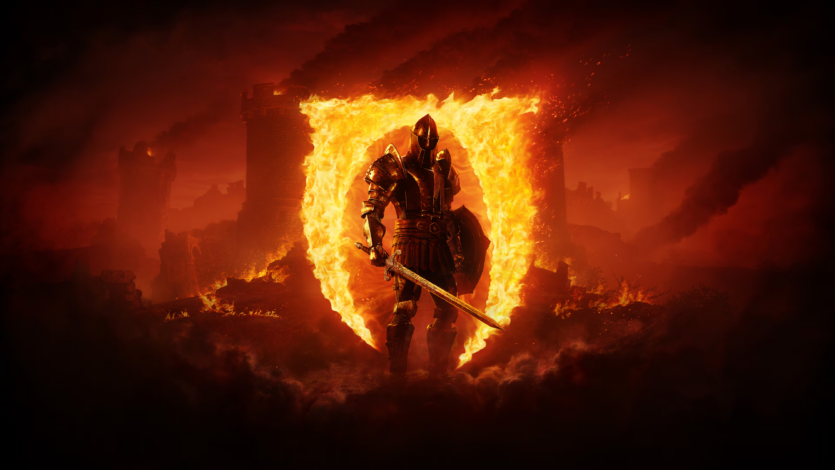
Every gamer has a game that is not only memorable, but also engraved. The Elder Scrolls IV: Oblivion is the game we grew up with, fought with, made up with, and eventually fell in love with again. And now, in the year 2025, Bethesda puts a remaster in front of us like an old family album: dusted off, with RTX added, but with the same portrait of the emperor looking at you and whispering: «You are — the chosen one». Is it nostalgia for the sake of hype or something more? We will find out when we return to Syrodil again!
Content
- 1 The original The Elder Scrolls IV: Oblivion
- 2 Features of The Elder Scrolls IV: Oblivion Remastered
- 3 Graphics and sound of The Elder Scrolls IV: Oblivion Remastered
- 4 Gameplay guide The Elder Scrolls IV: Oblivion Remastered
- 5 Visual style, remastering and technical part
- 6 Prices of The Elder Scrolls IV: Oblivion Remastered
The original The Elder Scrolls IV: Oblivion
The year was 2006. The legendary Windows XP OS reigned supreme on our desktops, Linkin Park was blaring from every Winamp, and hardcore gamers — joined the Dark Brotherhood guild. That was the birth of «Oblivion» — an epic in .exe format, a symphony of pathos on the level of «The Lord of the Rings».
It was the first RPG where you literally spent an hour customizing your character’s face — just to make him look like a knight without fear or reproach in the game (until he runs away from level 30+ crabs, heh). But this did not stop us.
Oblivion — is about the atmosphere. It’s about how you were walking towards the next quest, but ended up in the Isle of Isles ruins, where you were eaten by the same crabs. It’s about the moment when you steal a fork and the entire guard of the empire is on your heels. And no, it’s not a bug – it’s a f*cking role-playing game.
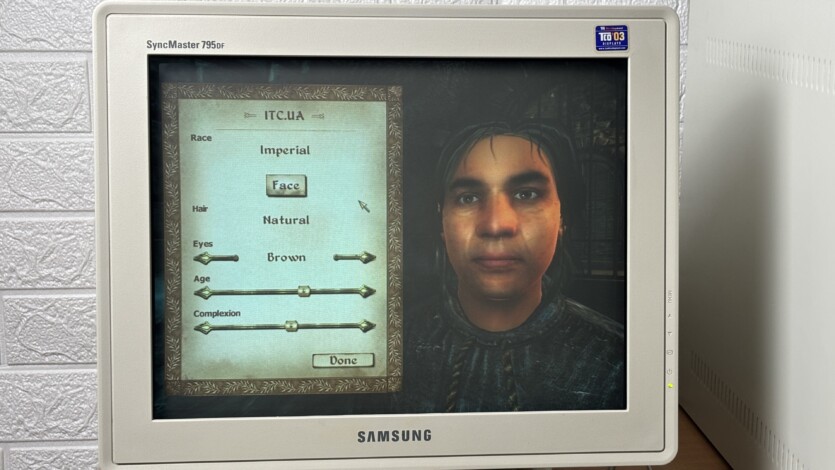
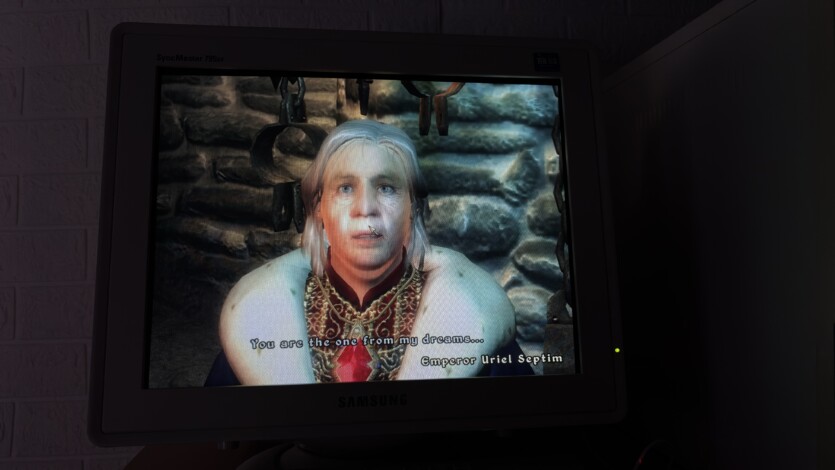

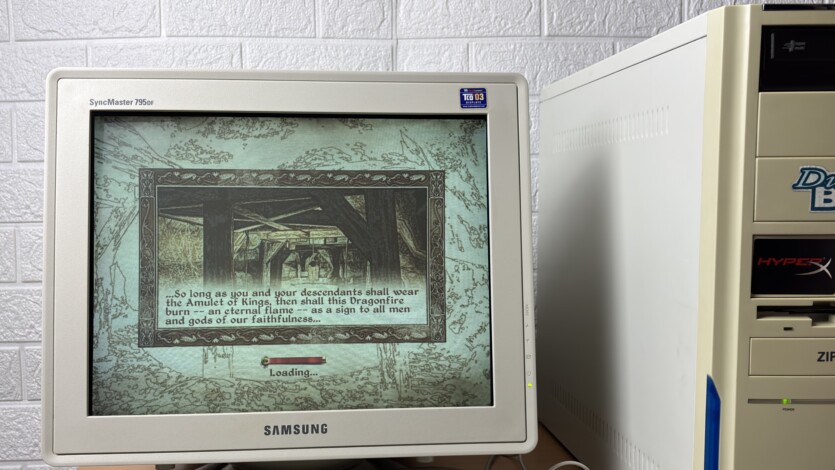
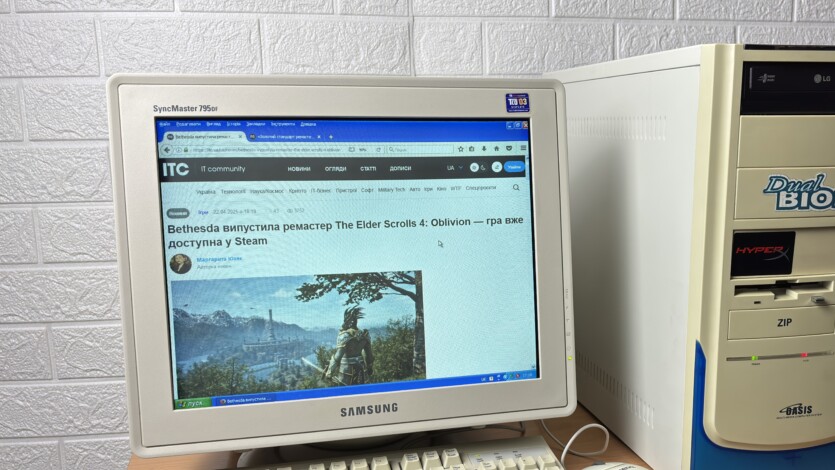
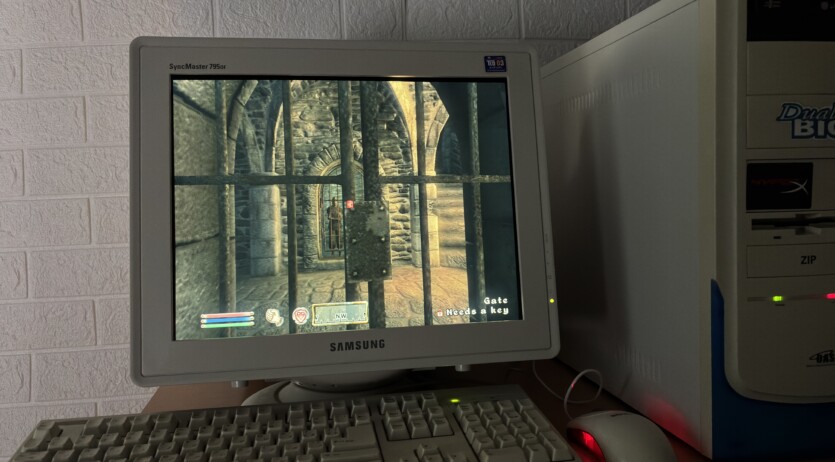
The game world was striking in its diversity: the cities of Syrodil with white stone columns and monumental statues, dense forests where danger lurked behind every bush, and the very gates to Oblivion — in flames, formidable but unforgettable. And all of this with jaw-dropping graphics that were jaw-dropping in 2006 (and on PCs too). The HDR blur was more powerful than even the Half-life 2. And, of course, green — as the dominant color.
Quests in Oblivion are a poem in themselves. From joining the Dark Brotherhood (where you’re invited after the first kill «wrong NPC») to the crazy DLC about Sheogorath, where cheeses and paranoia rule the day — the game was generous with strange but brilliant plots.
Do you remember the «Whodunit?» — quest where you had to kill five guests in a mansion without giving yourself away? Hitman style and Agatha Christie vibes depending on the chosen path.
Oblivion — a game where the mechanics were perfectly… weird. You had a skill scale for everything from «Eloquence» (where conversation looked like a Wheel of Fortune) to «Athleticism», which you pumped up by simply running from corner to corner.
And then there’s auto-leveling. Yes, the infamous system where every time you levelled up, all your enemies levelled up too, and the raggedy goblin started wearing high-level armor. Balance? No, we haven’t heard of it.
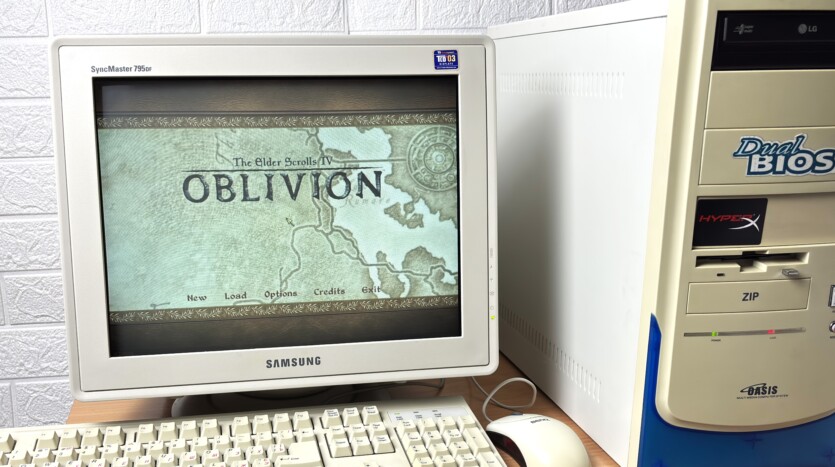

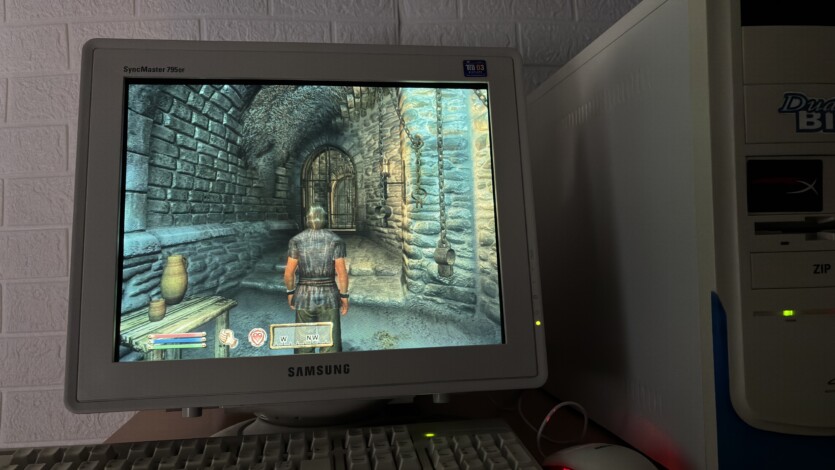
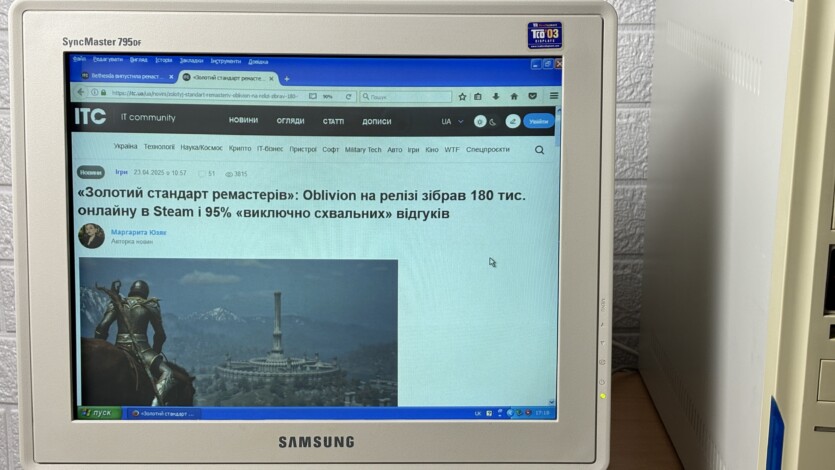
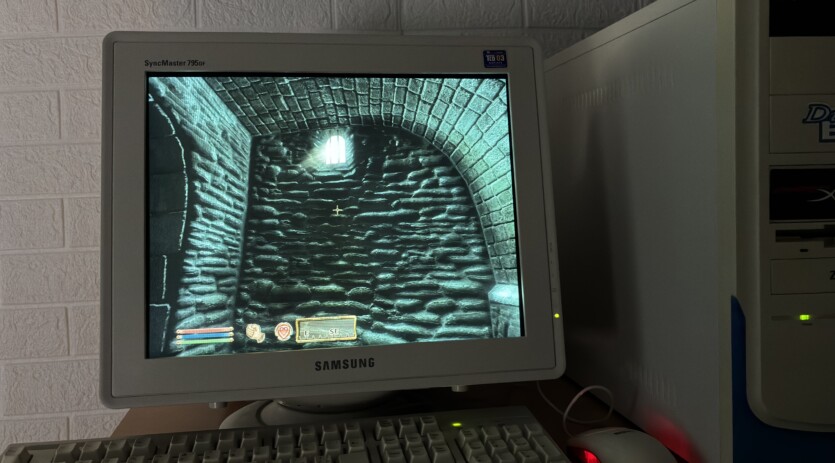
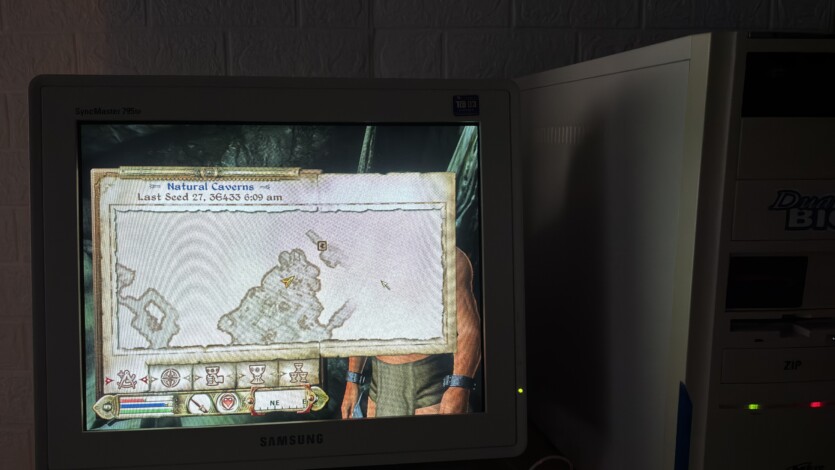
If you’ve played Oblivion without mods — you’re either a superhuman or a martyr. «Better Faces», «Unofficial Patch», «Deadly Reflex»… And, of course, Thomas the Tank Engine is sacred. Although this is Skyrim. A memory of long ago. You understand.
Fashion didn’t just improve the graphics — they literally created a new game. And Bethesda, being true philosophers, allowed it. In the end, they became the DNA of the TES series.
Yes, Oblivion is outdated. But it still has something that many modern games lack — warmth. Its awkwardness, its pathos, its sincere naive scale — all of this makes the game a real memory of the times when RPGs ruled the industry.
She’s funny, loud, but sincere. And we love her for that.
Features of The Elder Scrolls IV: Oblivion Remastered
And now — 2025 and we got Oblivion Remastered. What is it? It’s like coming home — to a strange but sincere fantasy world where demons give jazz, and you are chosen from the prison cells.
And now it’s in 4K, with RTX, DLSS 4.0, and even almost (I’m exaggerating a bit) live NPC faces that no longer look like dolls from a creepy fair. But is it enough to make you fall in love with Syrodil again?
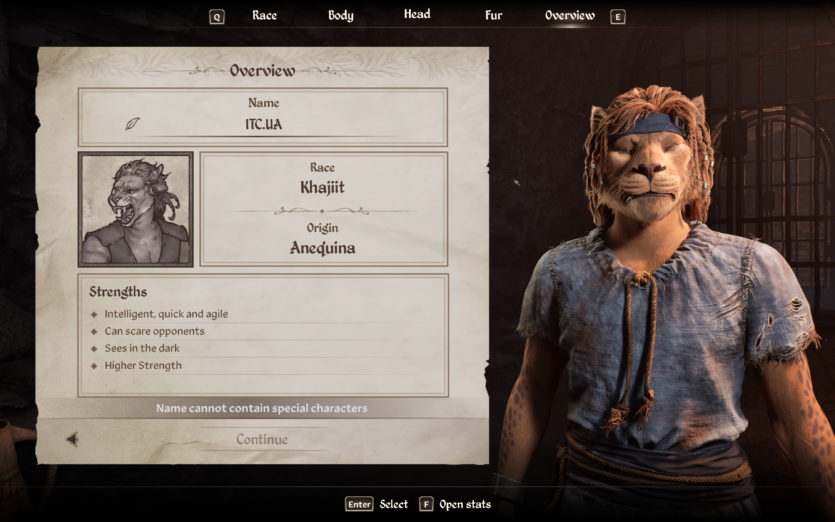
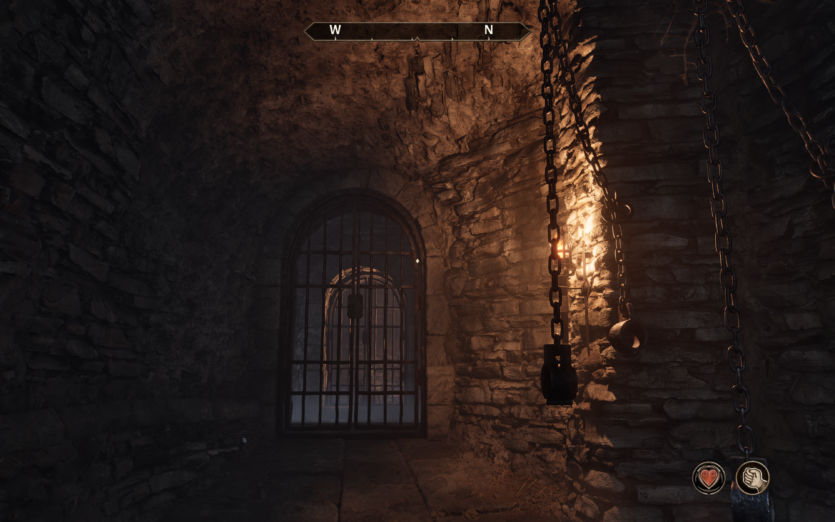
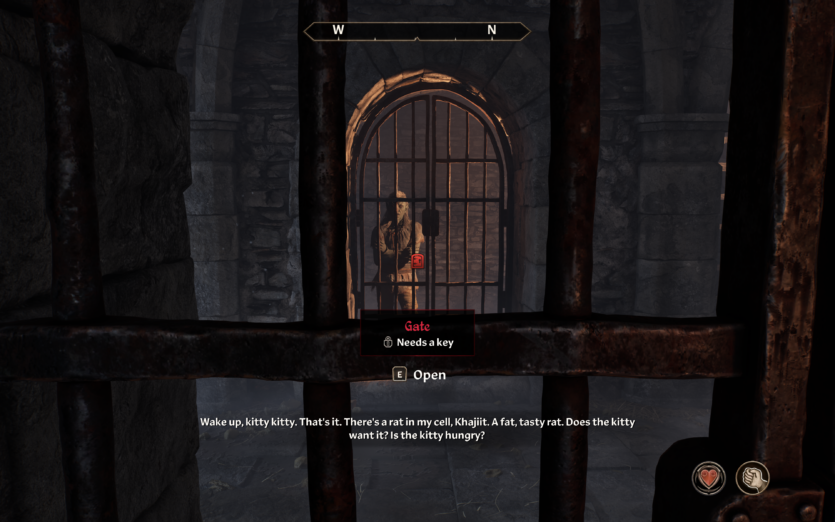
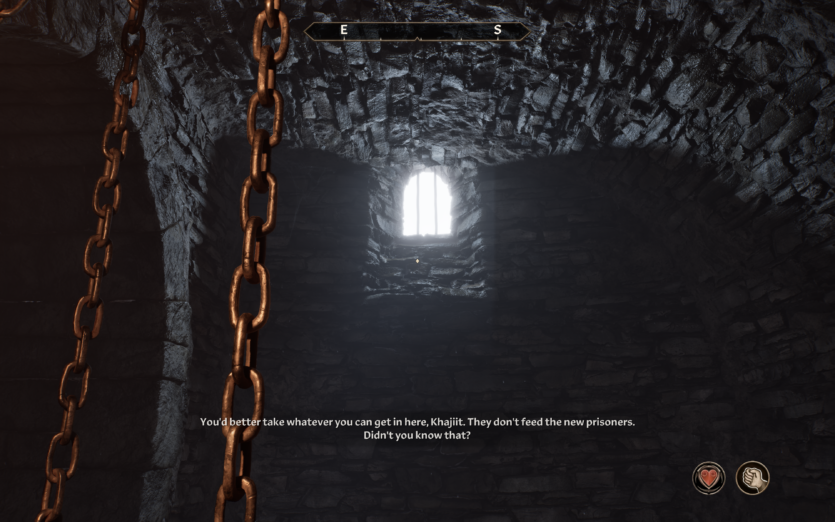
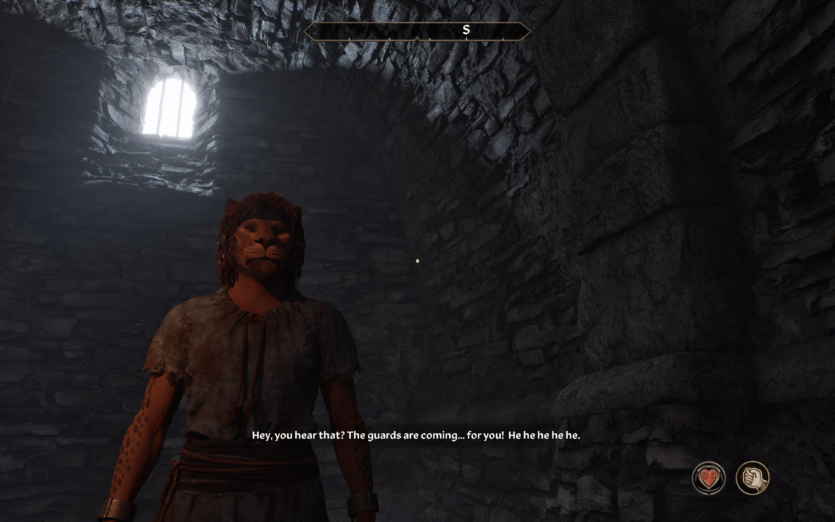
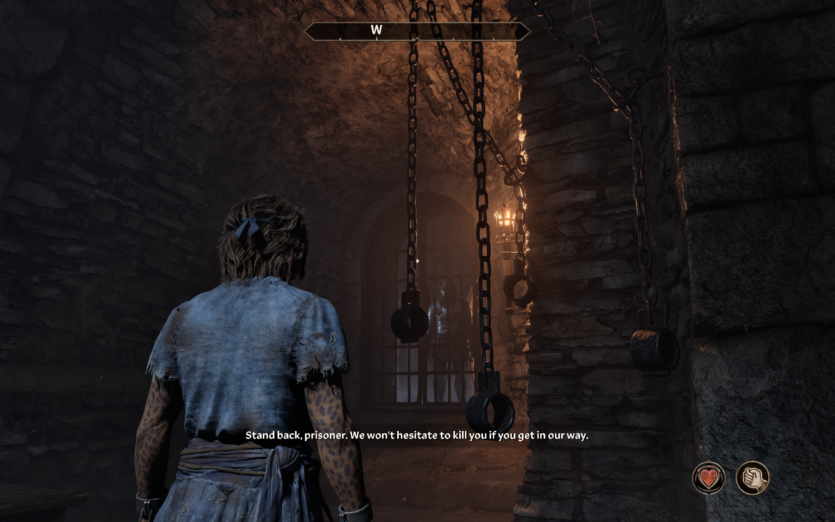
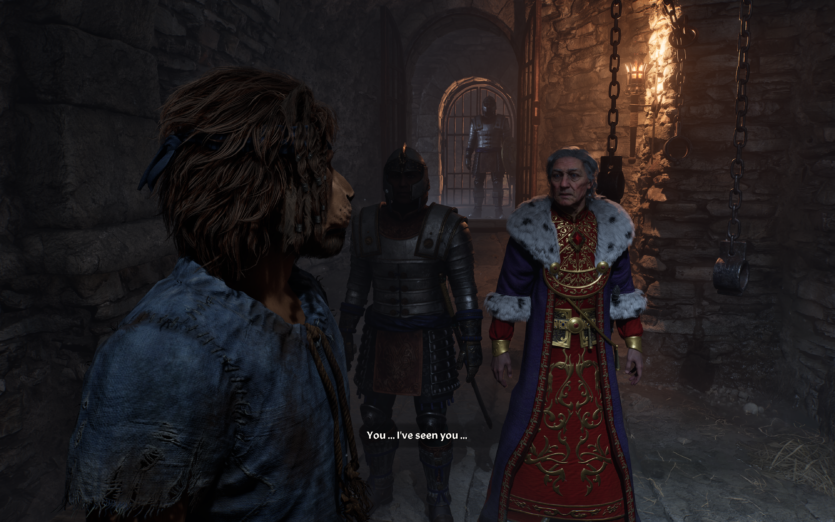
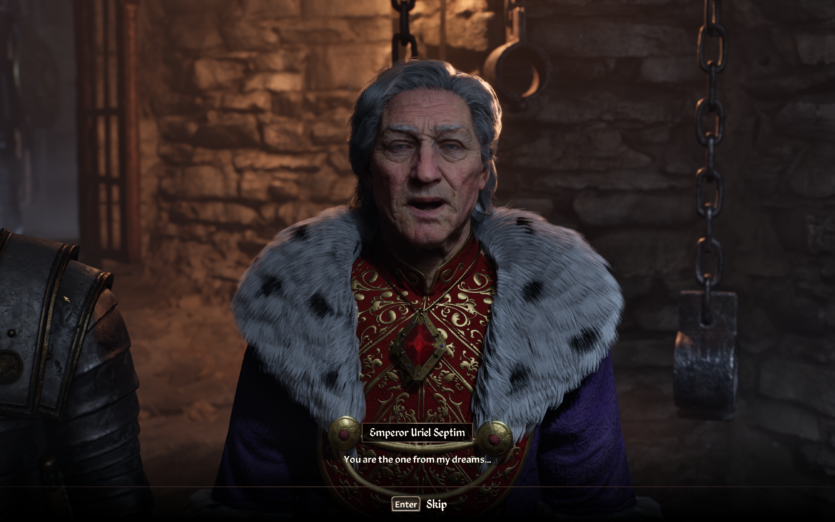
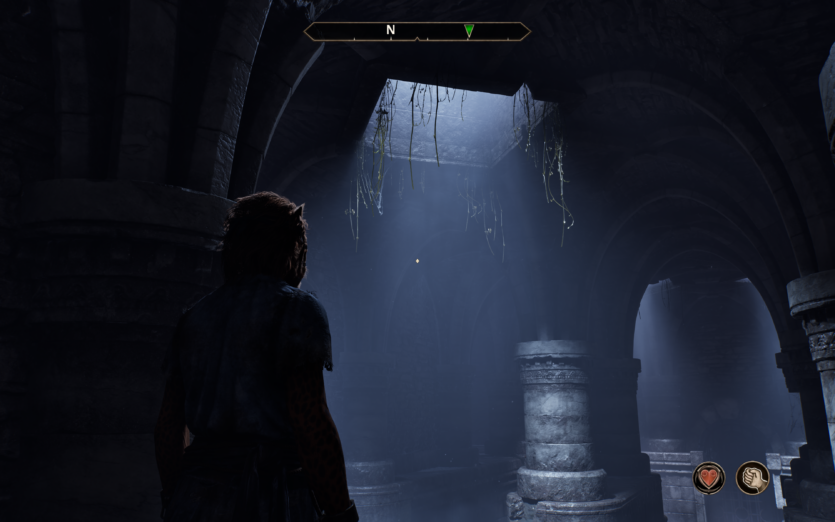
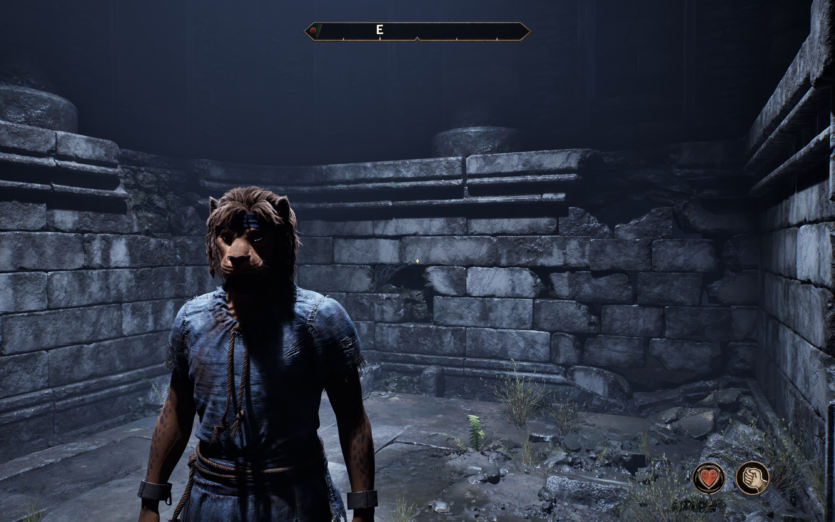
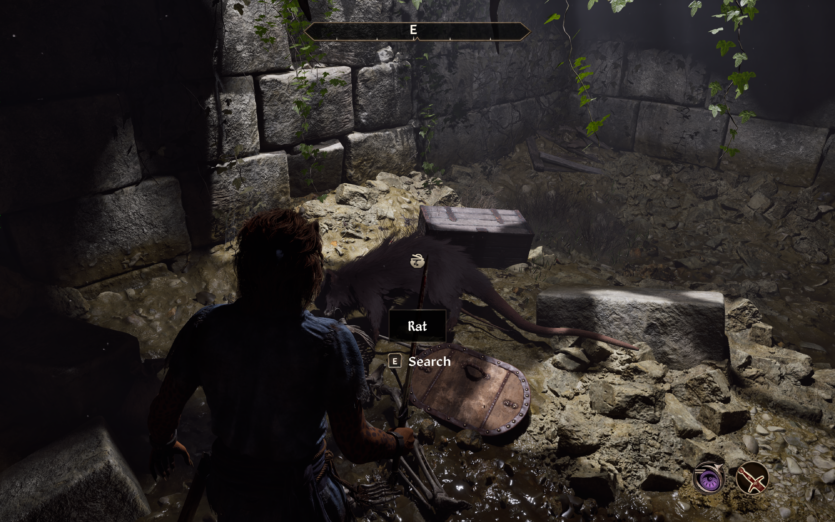
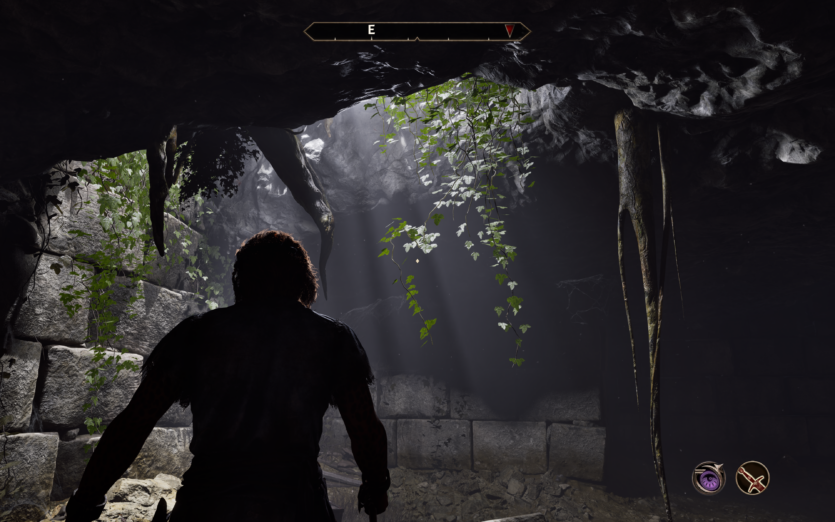
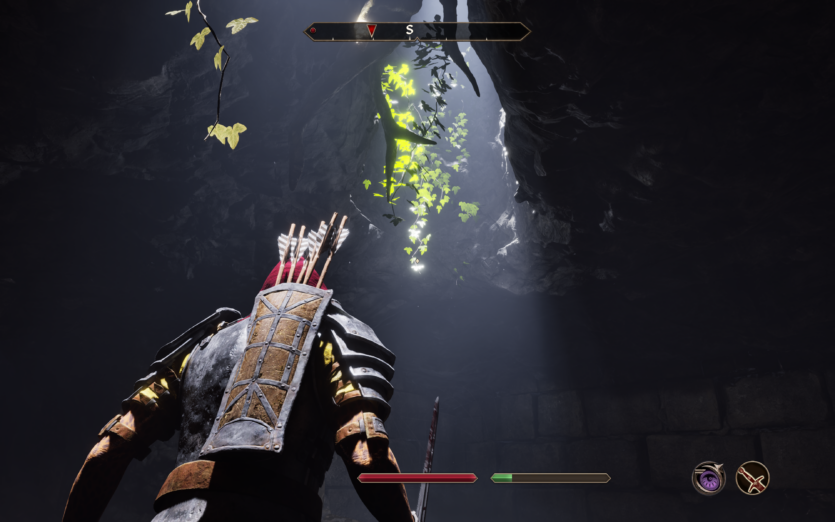
This is not a remake. This is not a restart. It’s a careful but deep tuning of a cult product. The familiar quests, humor, and NPC animations, which are a bit clumsy (and that’s the charm), remain, but all of this is seasoned with modern technologies: from ray tracing to DLSS 4 and stable 60 fps even in the thick of battle at the Gate to Oblivion.
Oblivion Remastered should be perceived not as an attempt to rewrite the past, but as a restoration of an imperial fresco: the dirt is cleaned, the colors (a bit controversial!) are refreshed, but the meaning and feelings remain.
The emperor still dies at the beginning. Only in a more cinematic way. And we are still thrown into chaos. And even the same guards are still shouting after him: «Stop right there, criminal scum!».
For TES fans, it’s a homecoming. And for newcomers, it’s a chance to dive into the game that set the standard for RPGs for years to come.
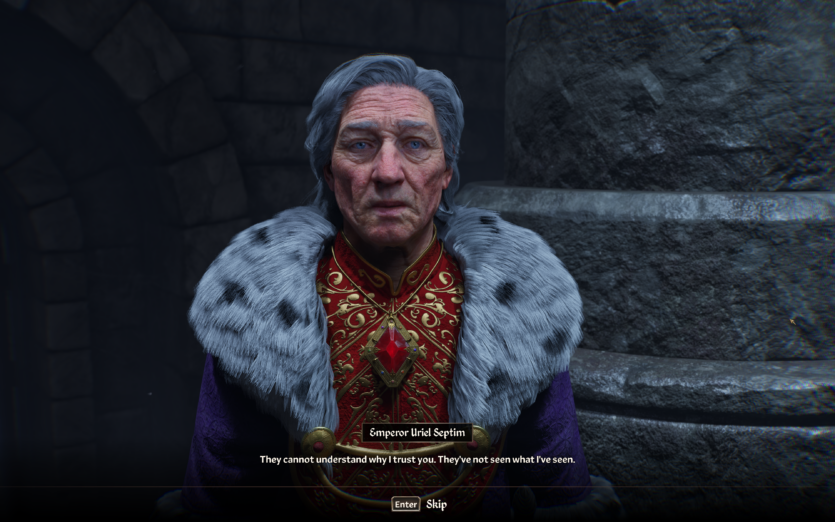
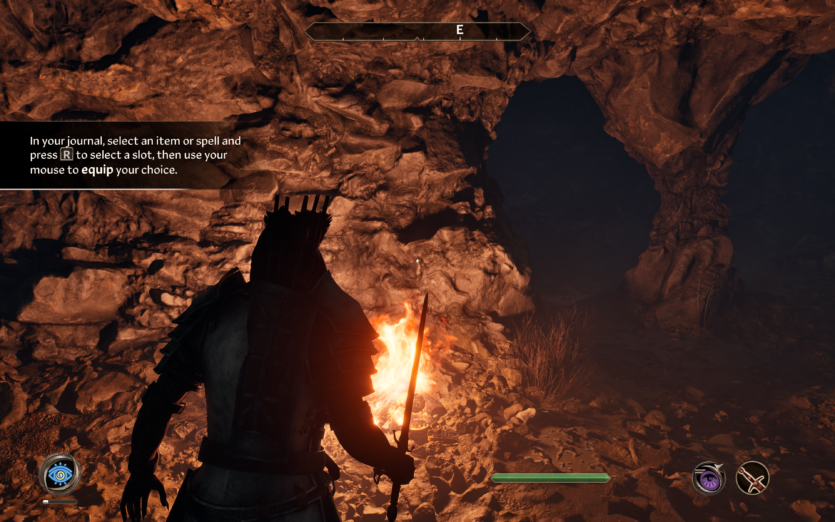
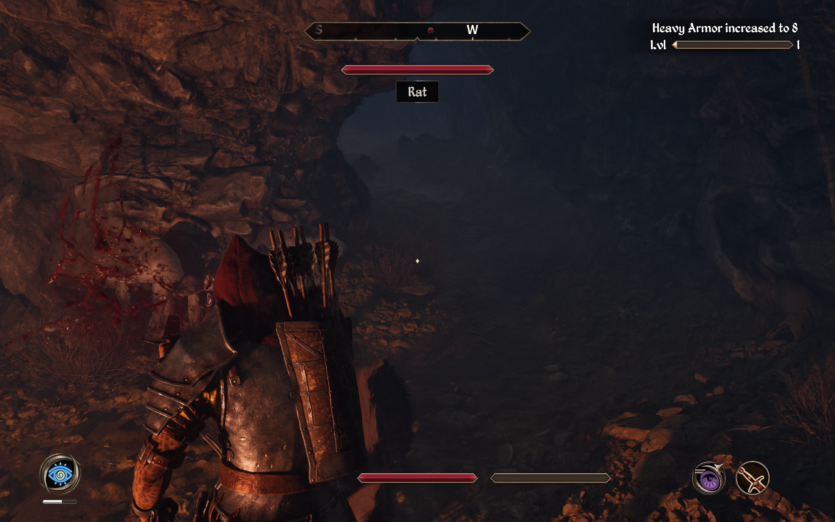
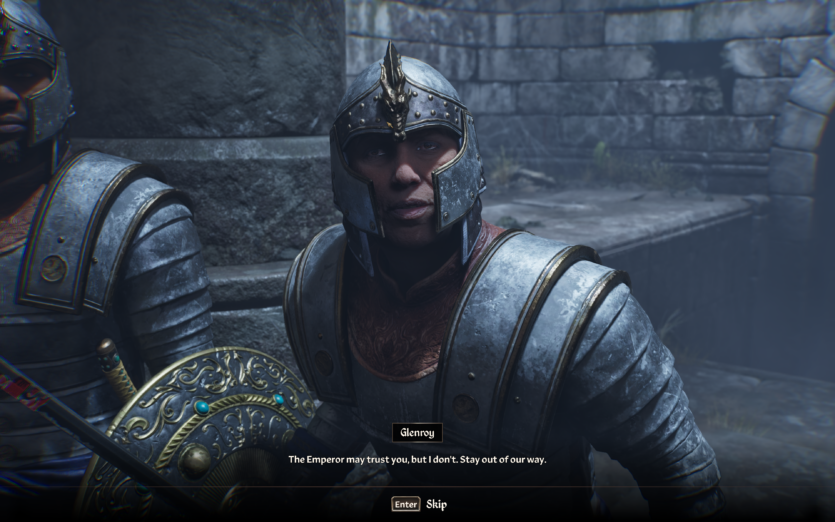
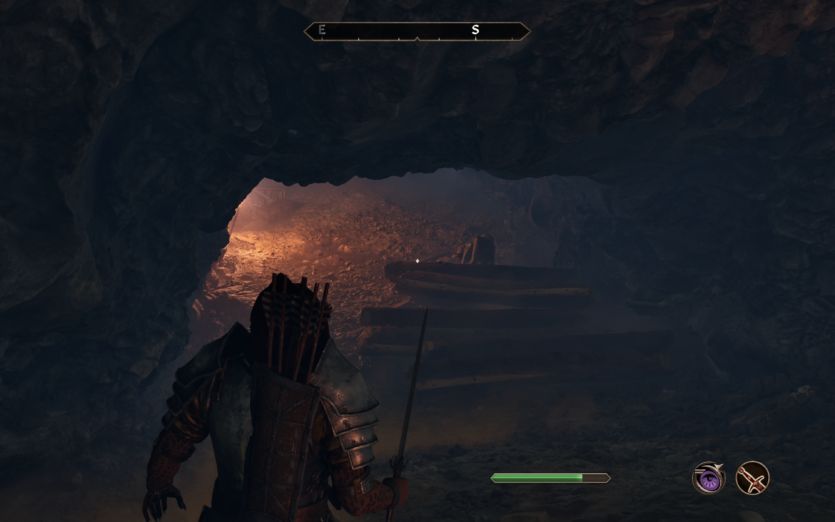

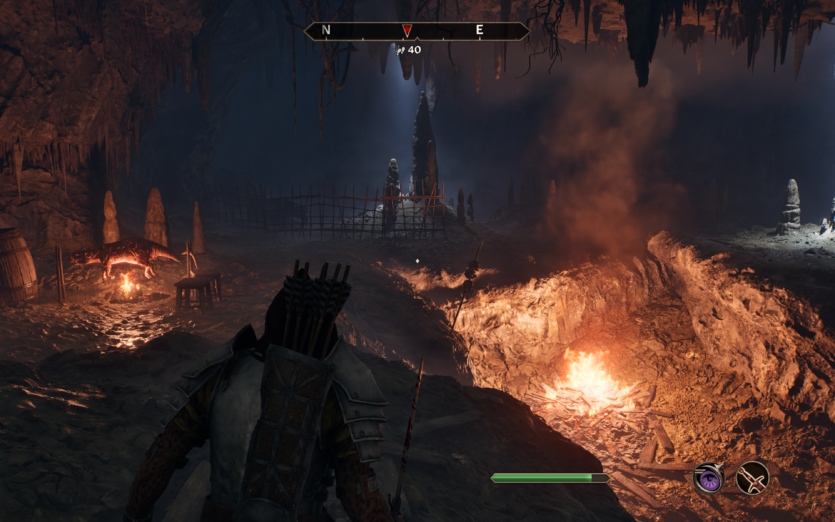
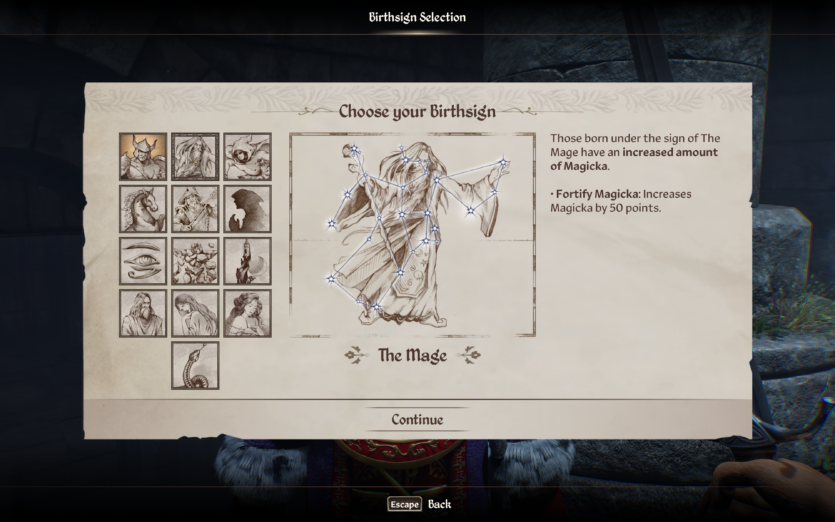
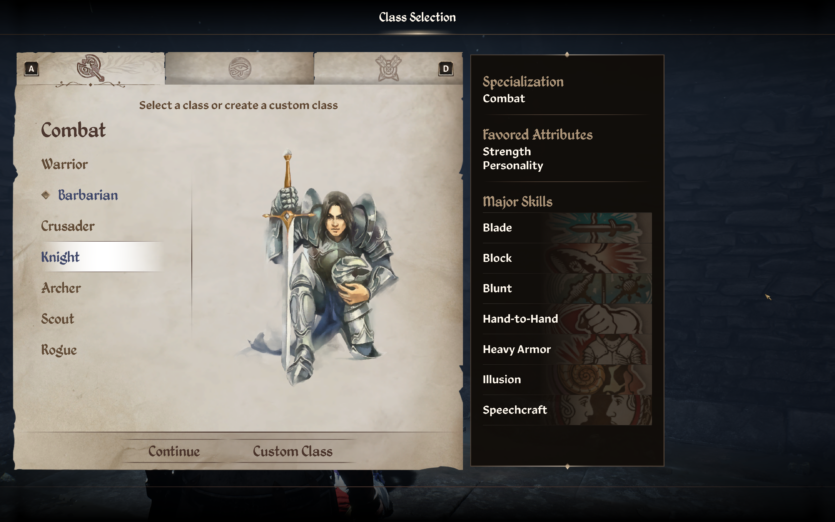
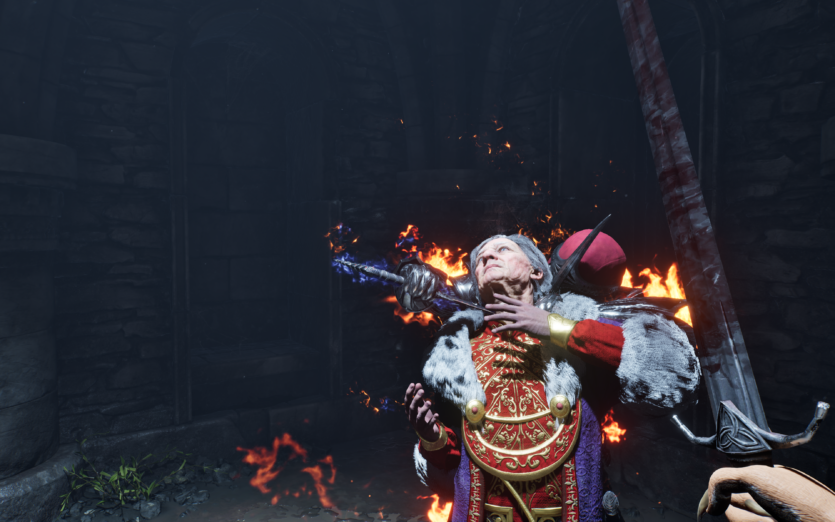


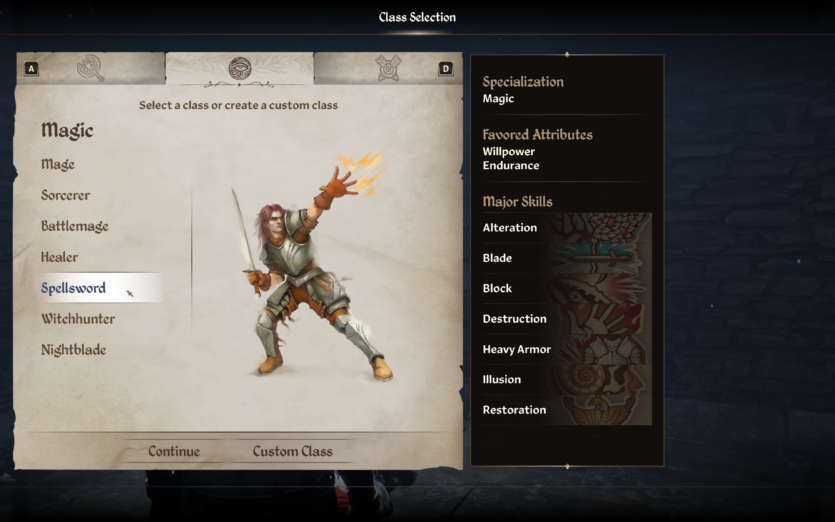
The game starts classically for games on the Unreal Engine 5 — engine from the shader compilation. It’s a bit long, but this procedure is one-time unlike the others gaming projects. The menu has received a «fiery» redesign. The music is old, but with a lossless sound remaster.
Oblivion has never been a dark fantasy. It has always been a mix of epic, grotesque, and subtle humor. And the remaster follows this. On the contrary, he emphasized that you don’t just save the world, you do it with chivalrous irony.
From the very first minutes, the game gives you a hint: «You are home». The stone walls of the imperial prison, the face of the emperor, whom you trust, even though you are seeing him for the first time, and the voice of Patrick Stewart — all come back. And 10 minutes later, you’re back in the character creation menu, choosing between Argonian and Breton.
Graphics and sound of The Elder Scrolls IV: Oblivion Remastered
The remaster does what we’ve been waiting for almost 20 years: it brings the visual style of the game in line with your memories of the time, not the reality of 2006. The landscapes of Cyrodiil look like the cover of National Geographic magazine, only with shaggy wargs and mages all around. And when the dawn breaks through the fog over Lake Rumare, you want to frame the screenshot.

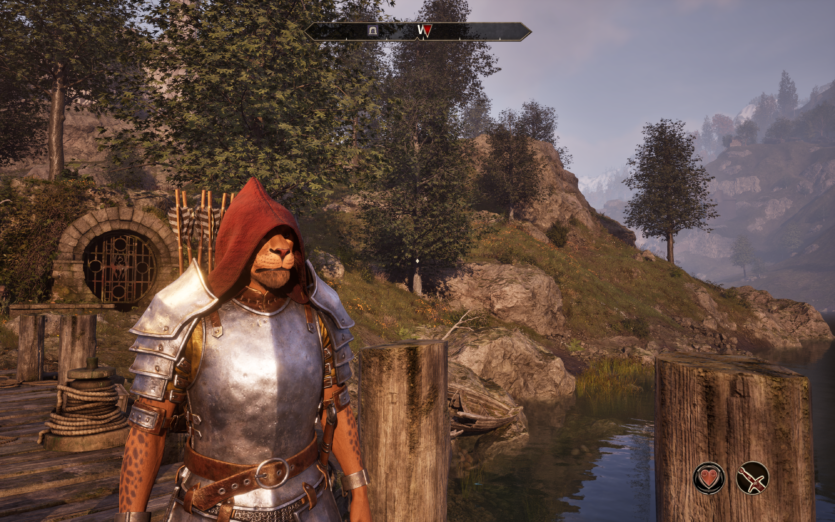
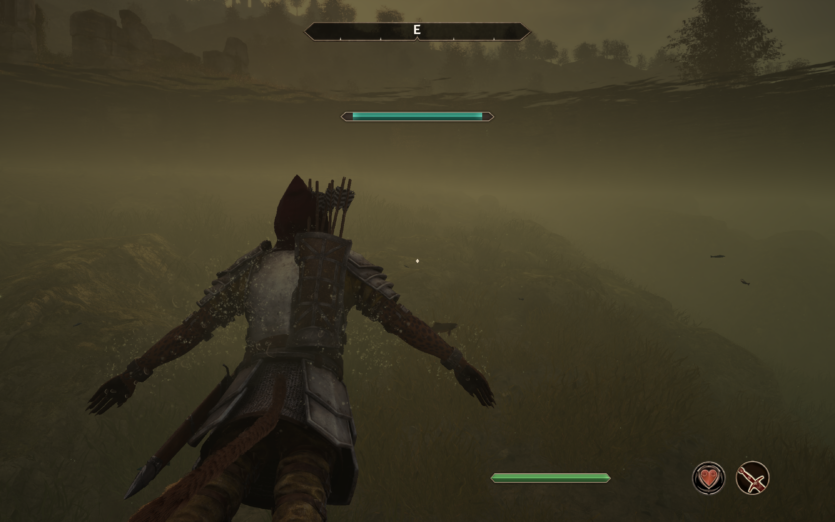


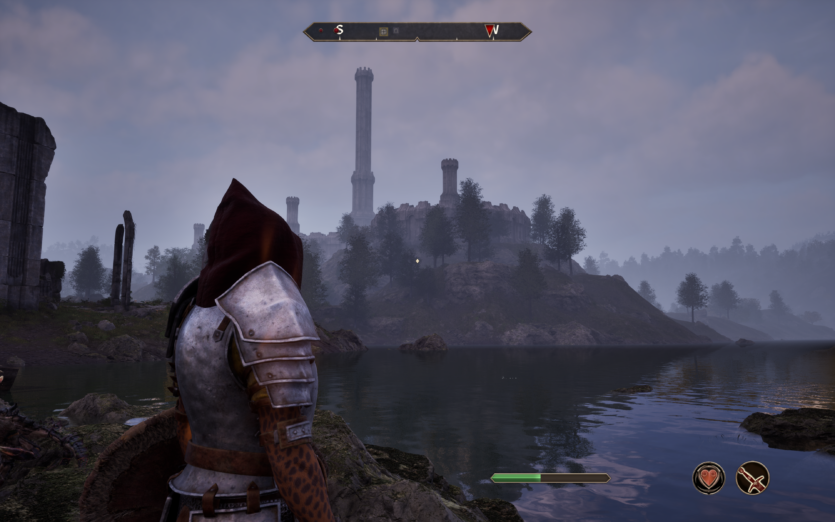
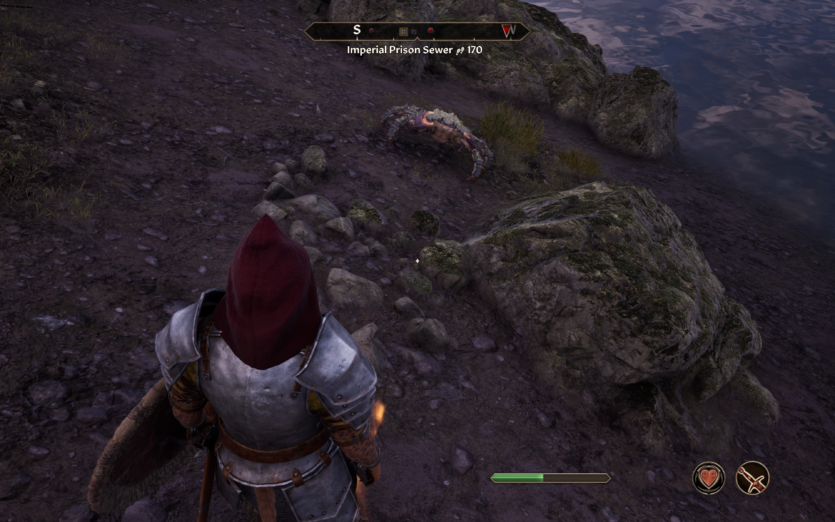
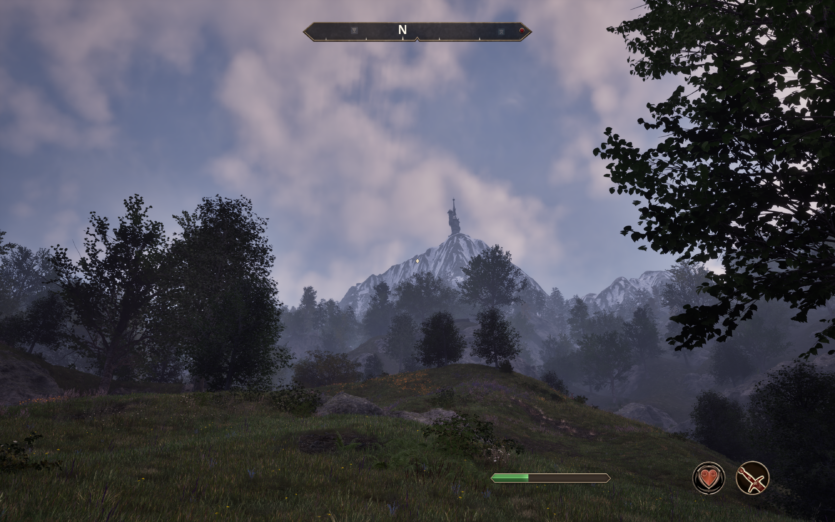
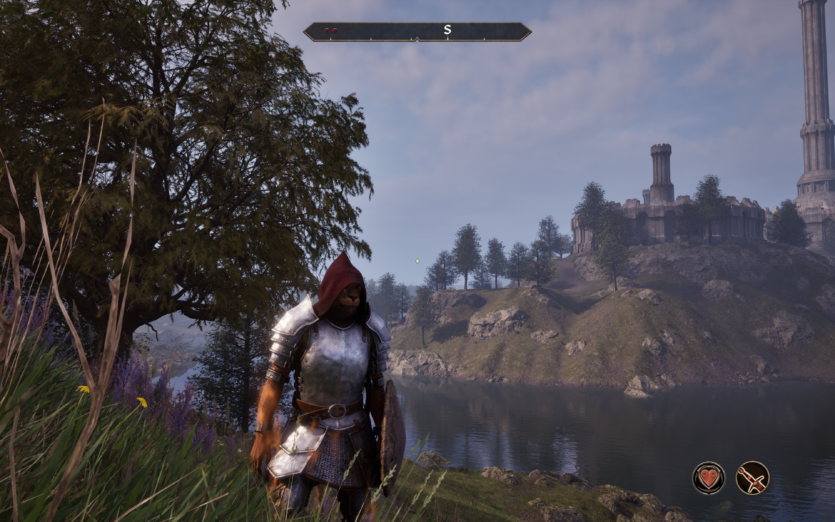
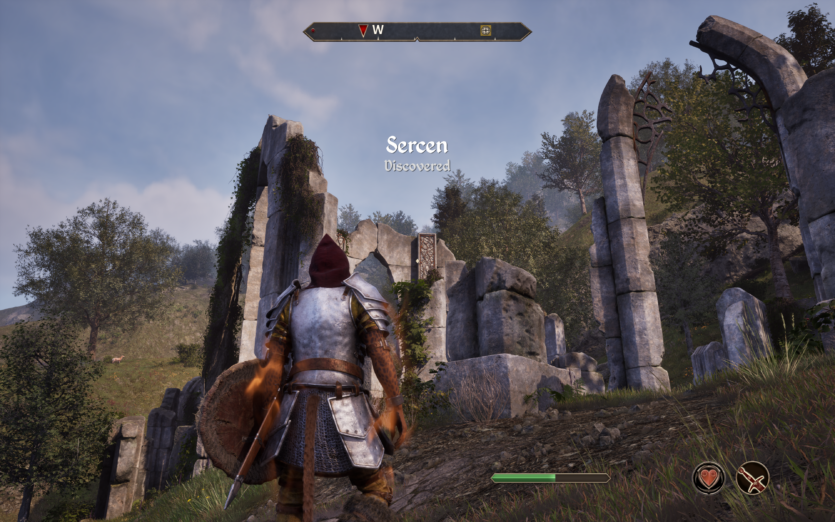

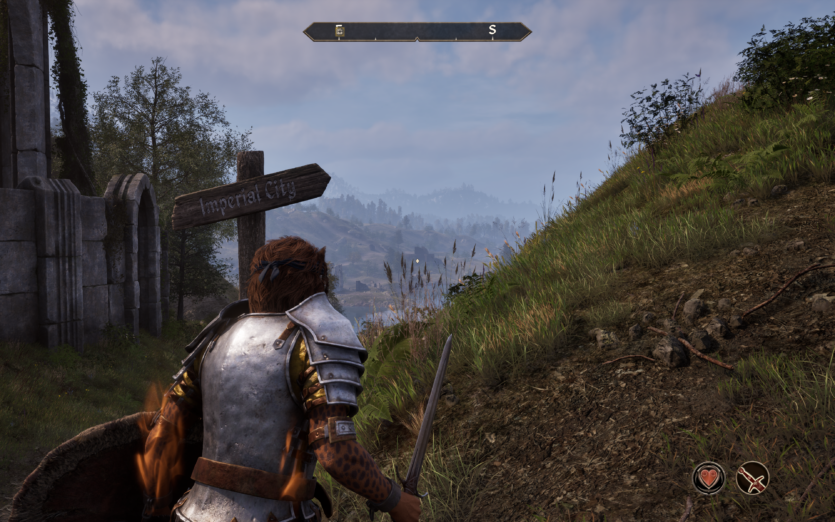
The use of RTX turned out to be very delicate — chiaroscuro is not «head-on» as in some remasters, but gently emphasizes structures: sunlight breaks through the stained-glass windows in the Imperial City chapel, reflections dance on the waves in the port of Anvil, and subtle reflections (and a little more emotion than before) appear according to NPCs. Shadows no longer «jump», but move smoothly and naturally — this is especially noticeable in dense forests, where the sun’s rays draw lively patterns on the ground.
The sound design is another win. Jeremy Saul’s music was re-recorded with a new master, but not spoiled — it’s as soulful as it was 19 years ago.
At the same time, the sound effects have been updated: the forest is now alive, you can hear the branches under your feet, the diversity of flora and fauna, the rustle of the wind — all this creates a complete immersion.
NPCs received new voices for side dialogues, but the key voices remained unchanged. This has had the effect of making the game feel like an old play that has just been slightly restored and staged in a new theater.
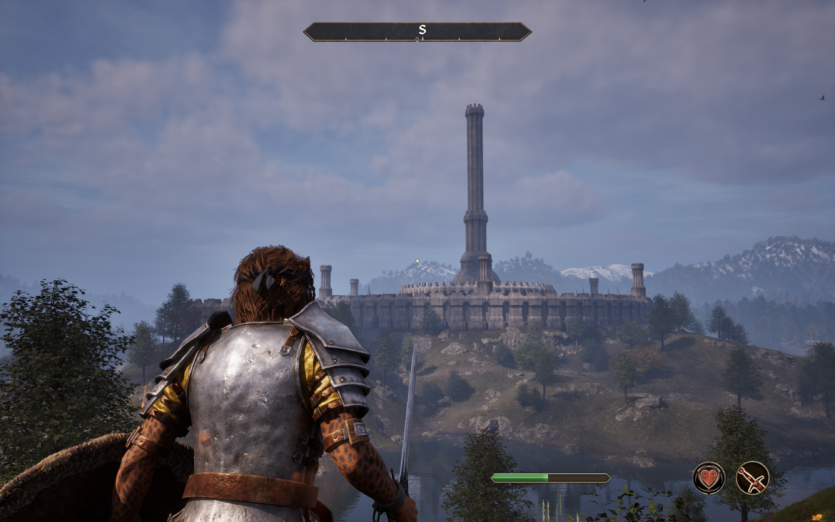
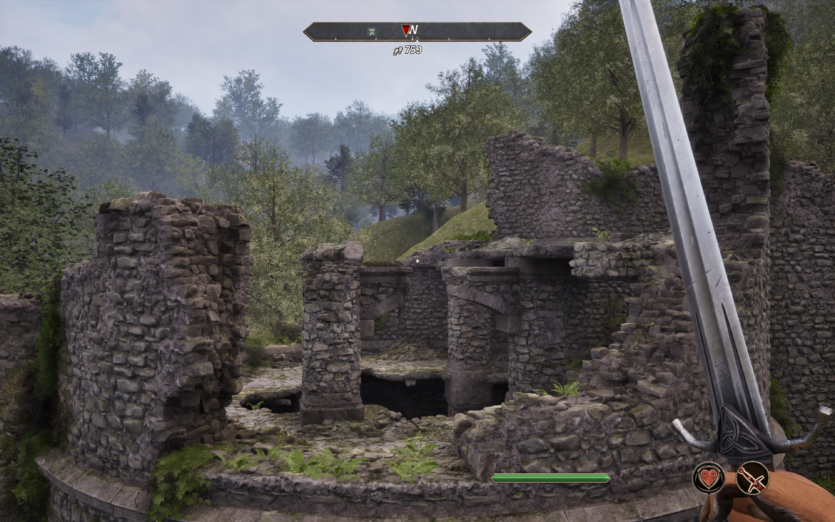

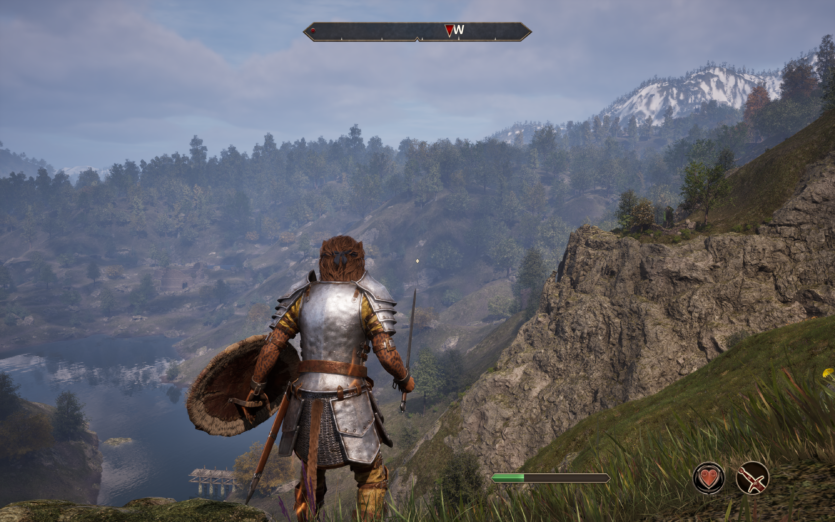
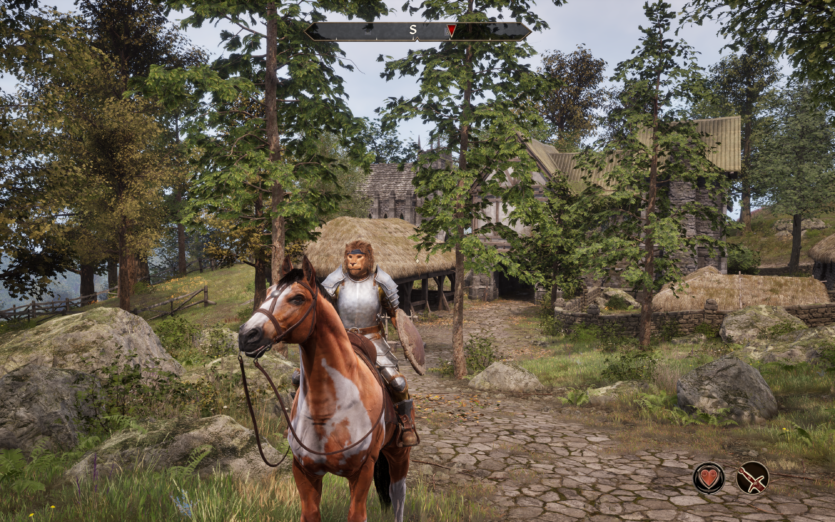
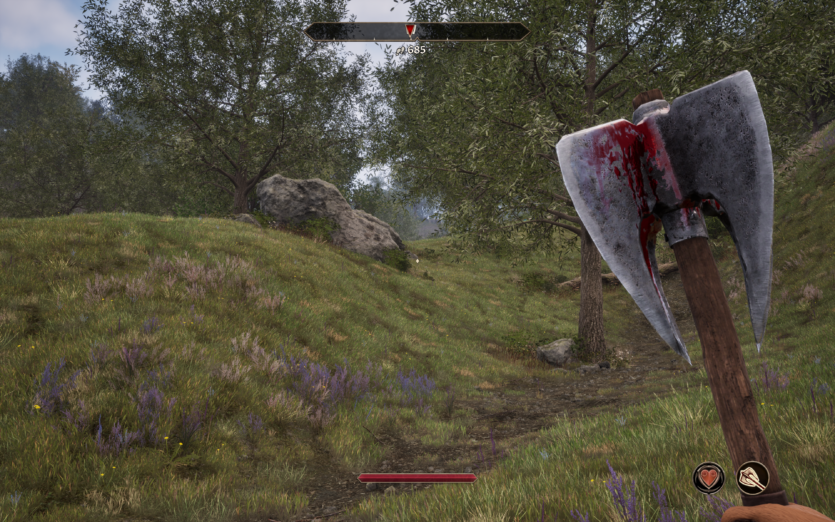

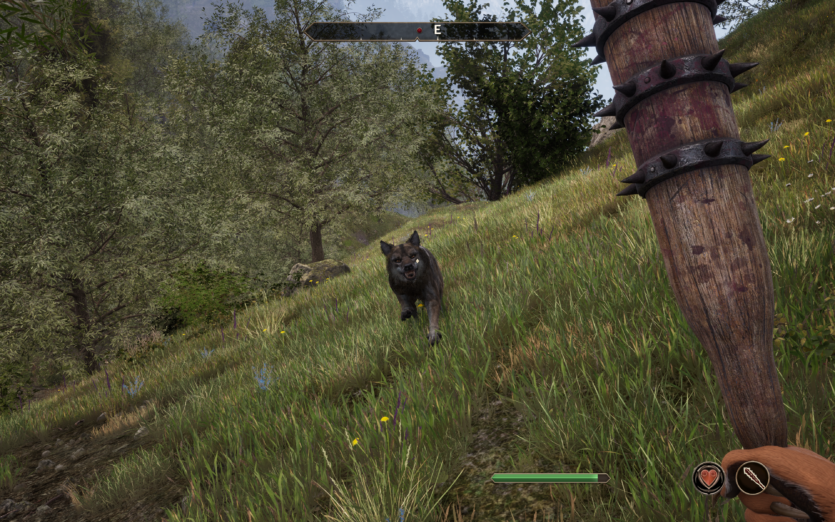
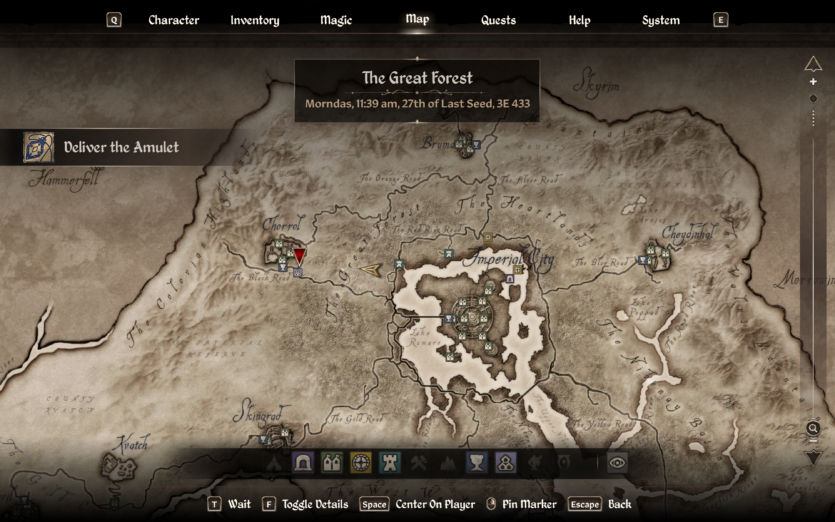
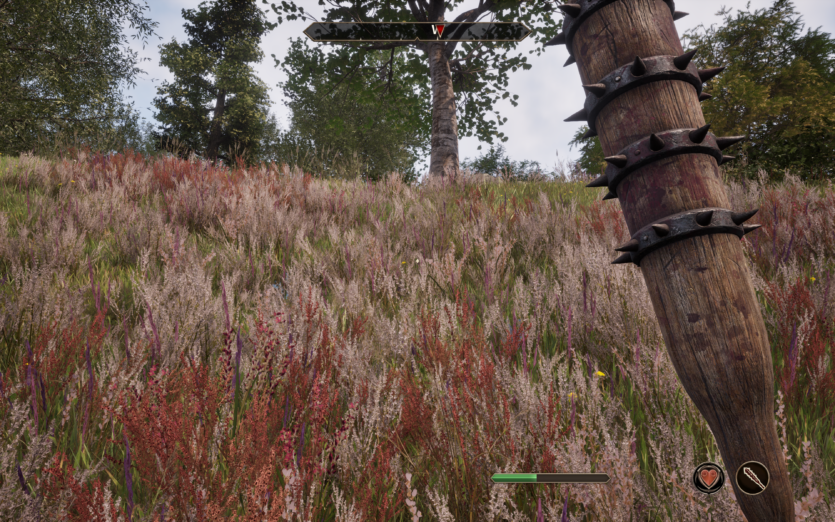
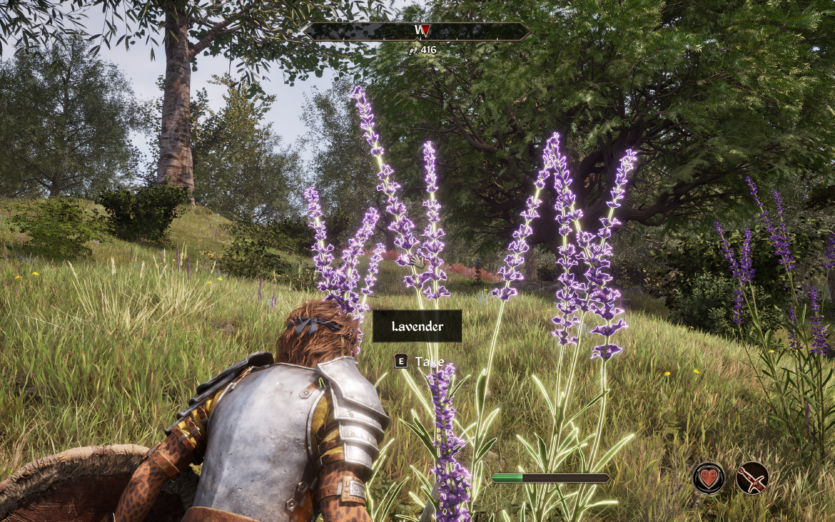
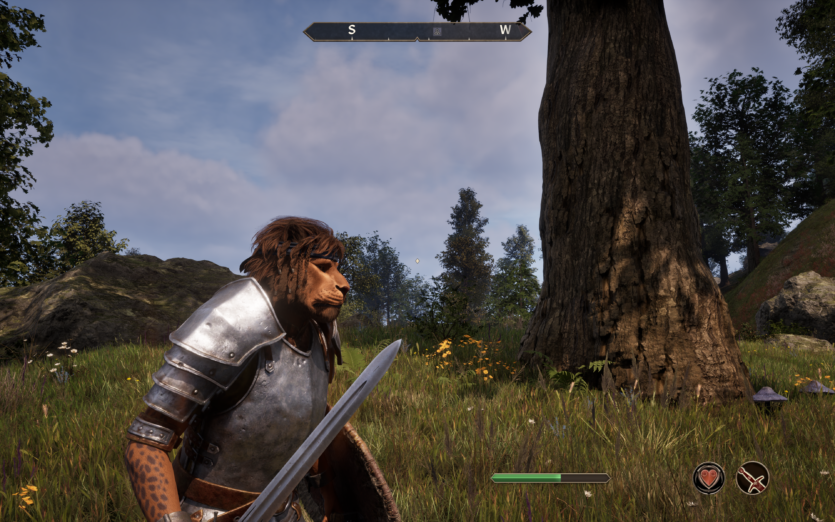

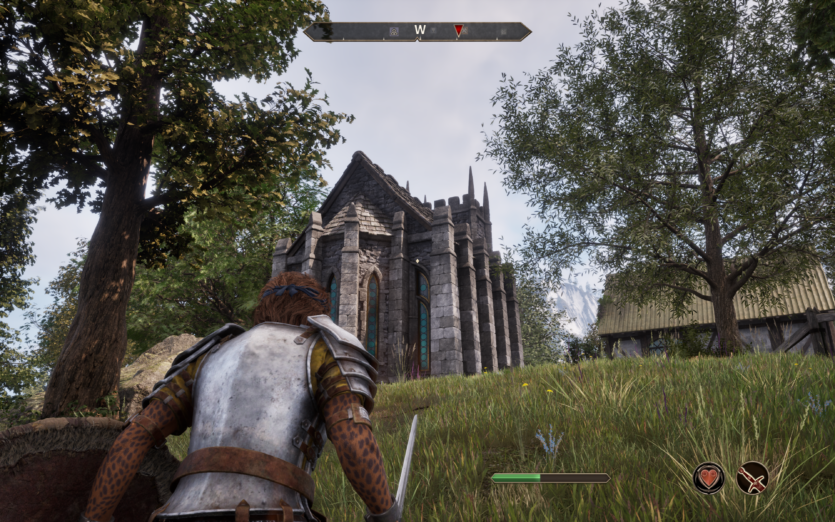
The movement animations, while still keeping «the same vibe as», have become clearer. This is especially noticeable in battles — sword strikes no longer look like a drunken hug with cold steel slashed across. Reactions to hits have also improved. New animations for casting magic have been added.
The interface no longer looks like a quest for survival — convenient filters, search, and adaptation to gamepad or mouse/keyboard on the fly. Such a small thing — but what a big difference in a game of 100+ hours.
Gameplay guide The Elder Scrolls IV: Oblivion Remastered
Oblivion has always been a bizarre mix of classic RPG and experimental sandbox. It’s a game where you could save the world… or spend 12 hours stealing cheeses in Bravila. And the remaster not only preserved this, it emphasized it. You are free to play any role.
The combat system of The Elder Scrolls IV: Oblivion Remastered remained recognizable — «block/strike/retreat», but slightly improved. We added a sense of the weight of the blow, and the animations of critical attacks became more spectacular. But not as dynamic and adrenaline-pumping as, for example, in Avowed. Finally, hits feel like hits, not phantom strokes. And the blood of enemies on our weapons!

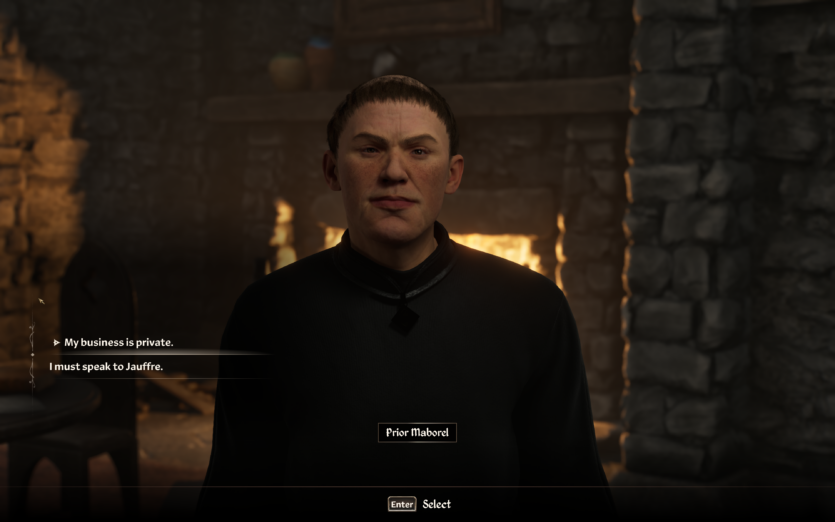
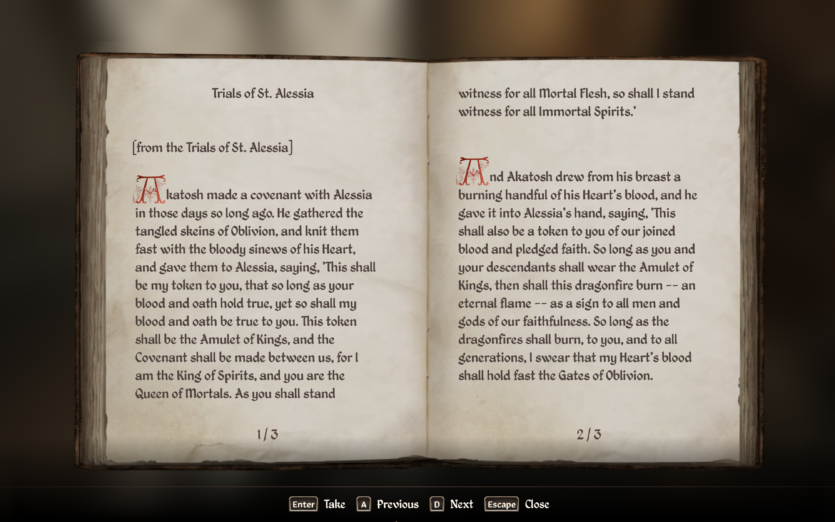
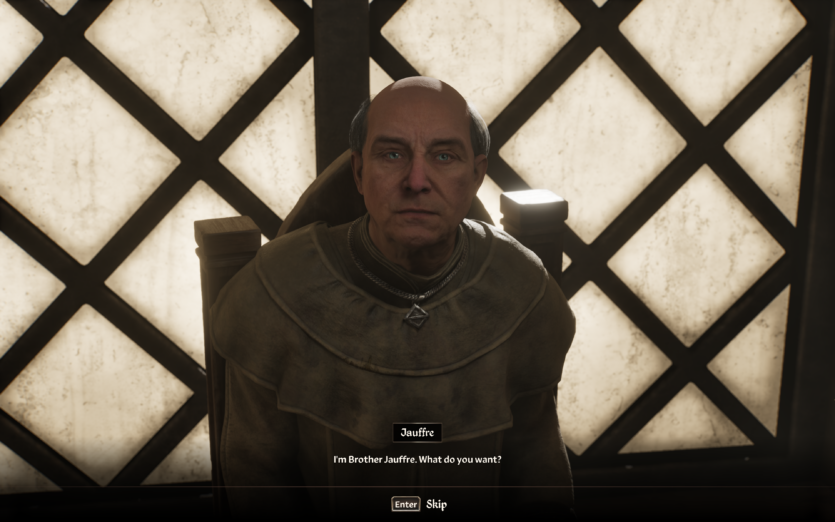
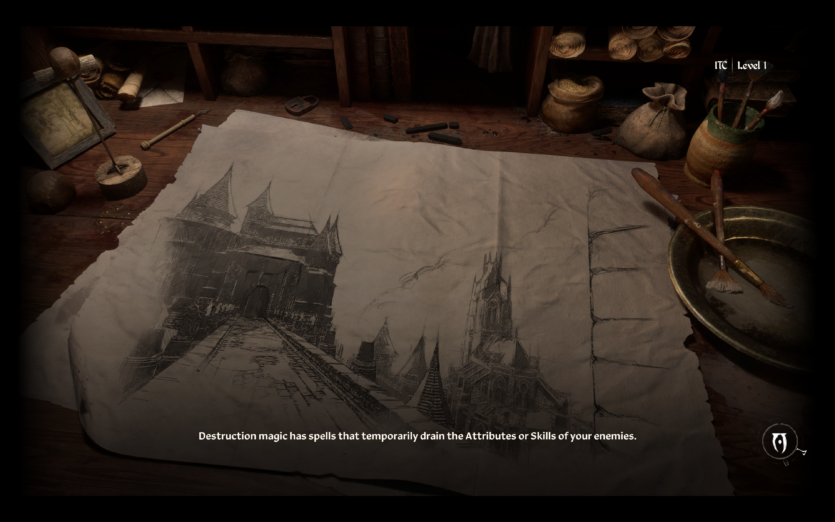

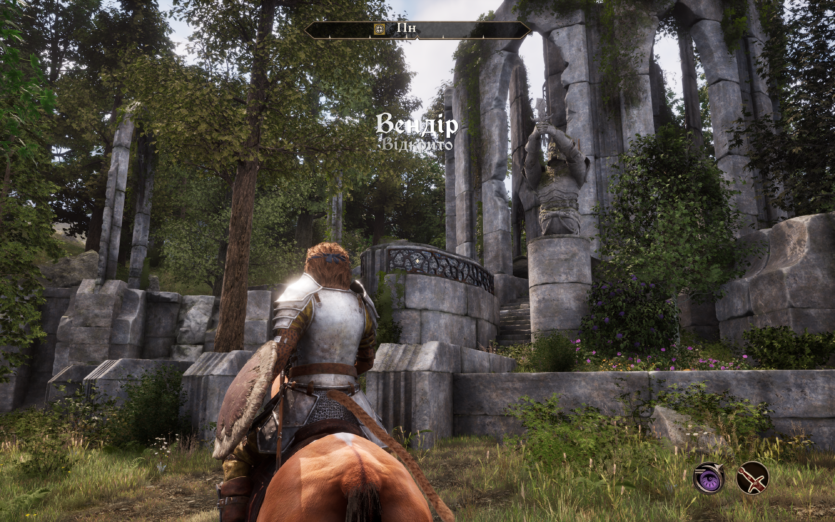
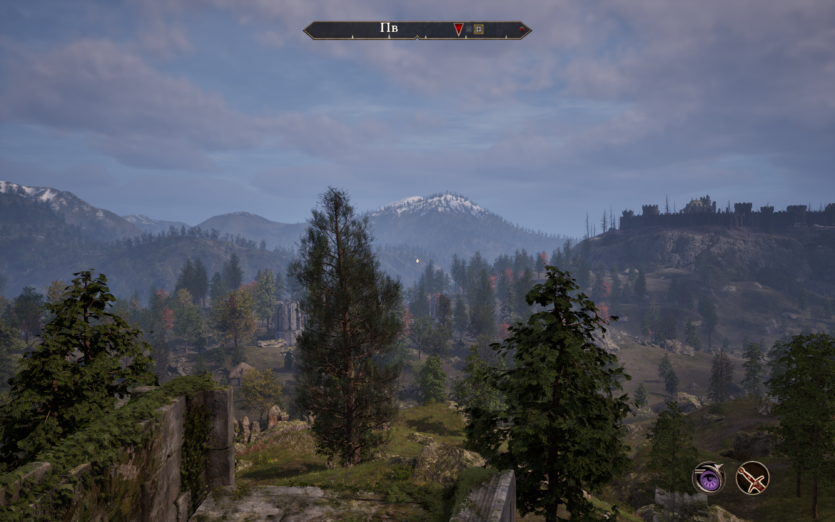
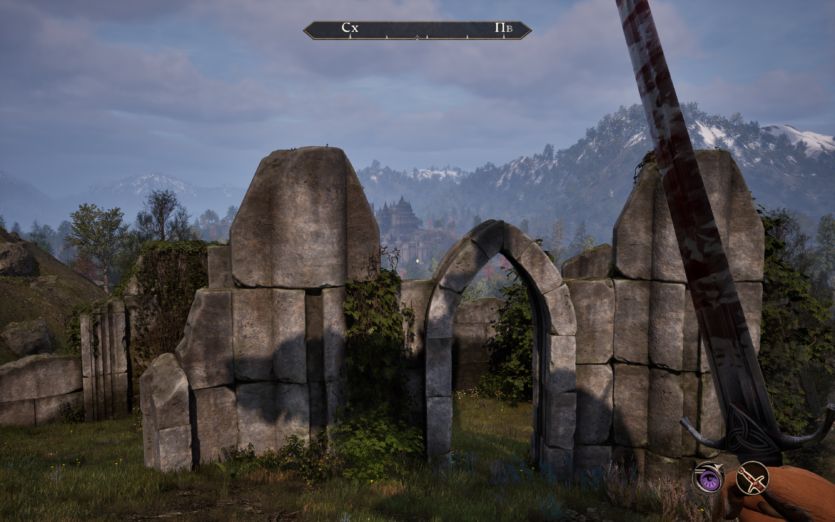
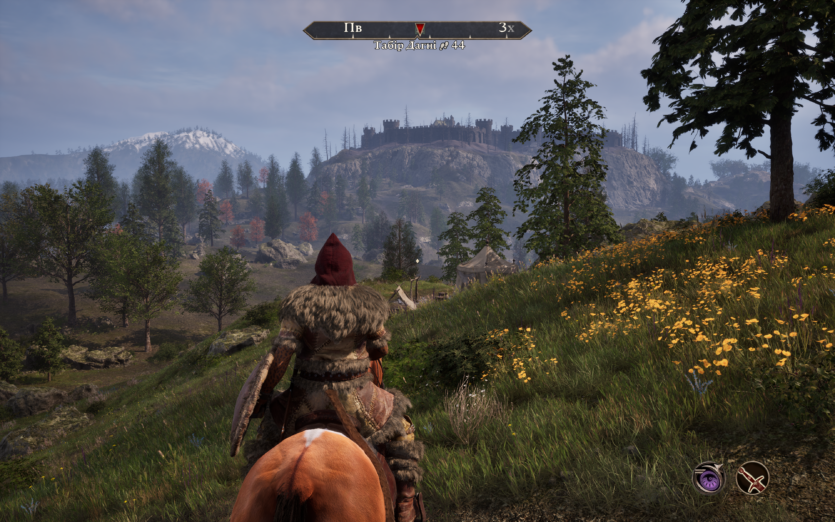


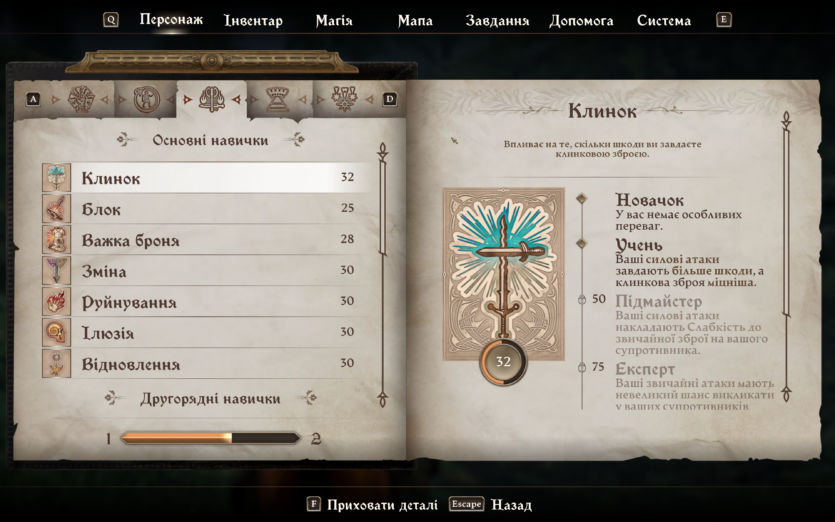
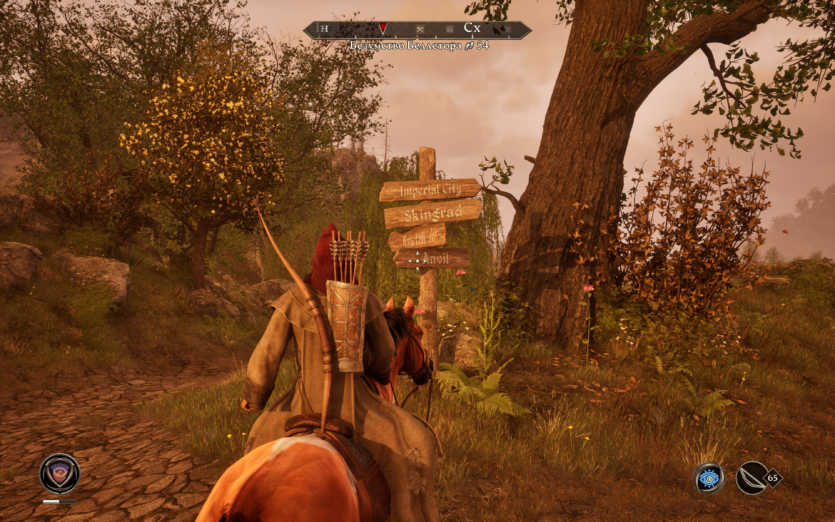
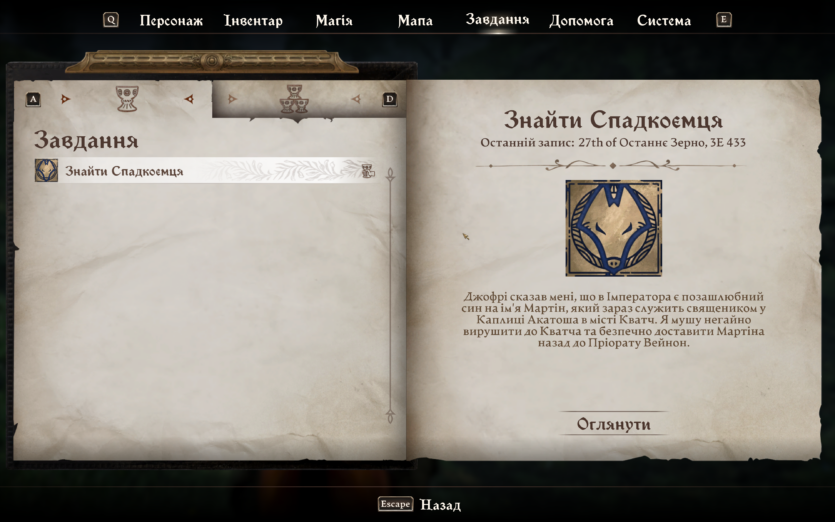
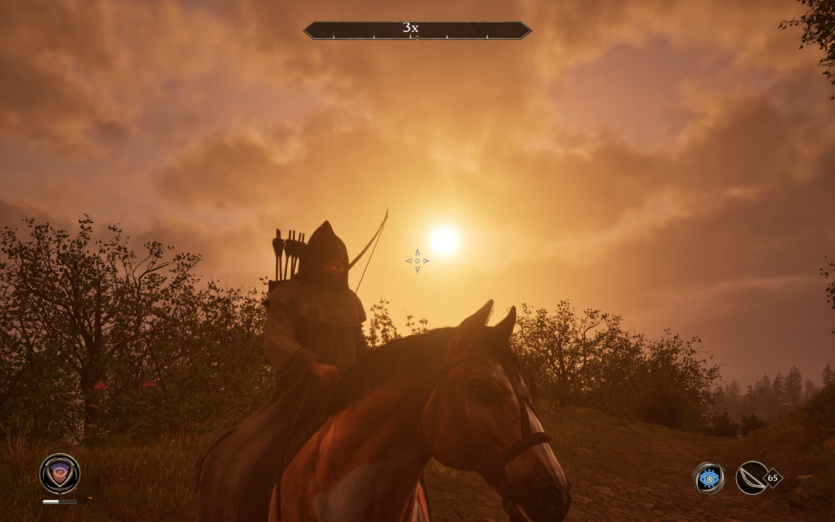
The character development system in Oblivion Remastered retains the classic TES principle: you pump what you actively use. But now we’ve added new mechanics: you get «passive bonuses» for certain activities. For example, if you run a lot, your endurance increases, and over time, you become faster and more enduring. The game really «sees» your behavior and reacts to it, making character development even more personalized.
The social system (all those conversations with the wheel of emotions) is still there — but has been redesigned. The menus are now clearer, characters’ emotions are synchronized with facial expressions, and persuasion has become like a mini-puzzle. But most importantly, you can now earn reputation not only for guilds but also for regions.
Quests. They are the backbone of Oblivion’s gameplay. And nothing was spoiled here. But the main thing is that the remaster retained the spirit of the experiment. You can still get a quest just by accidentally reading a book.
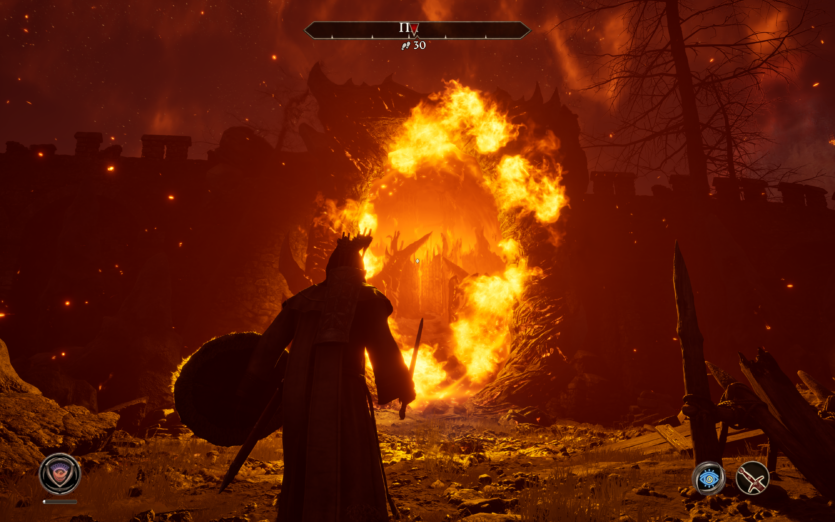
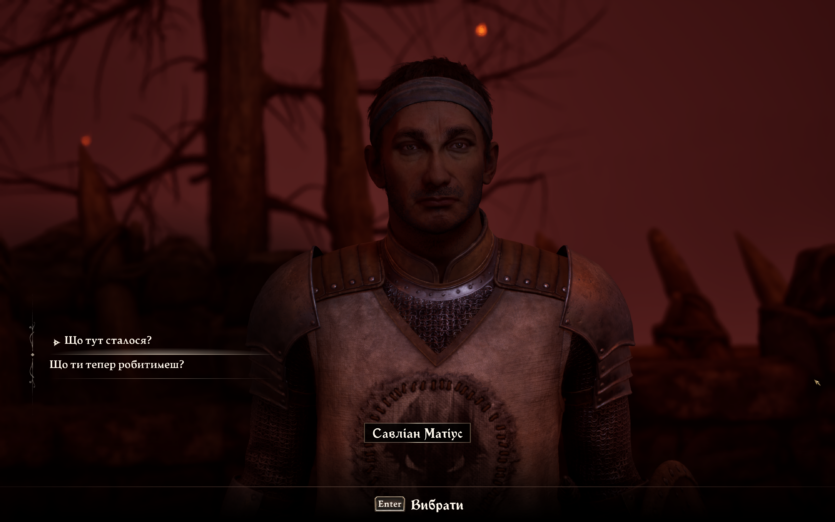
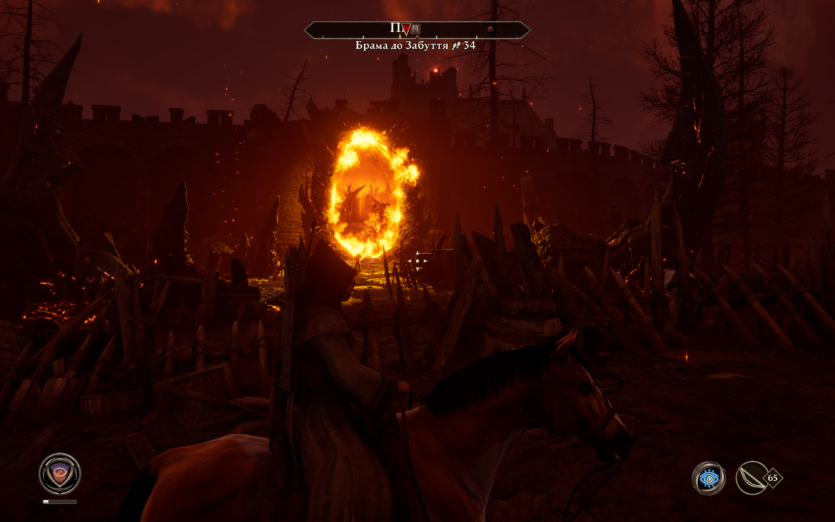
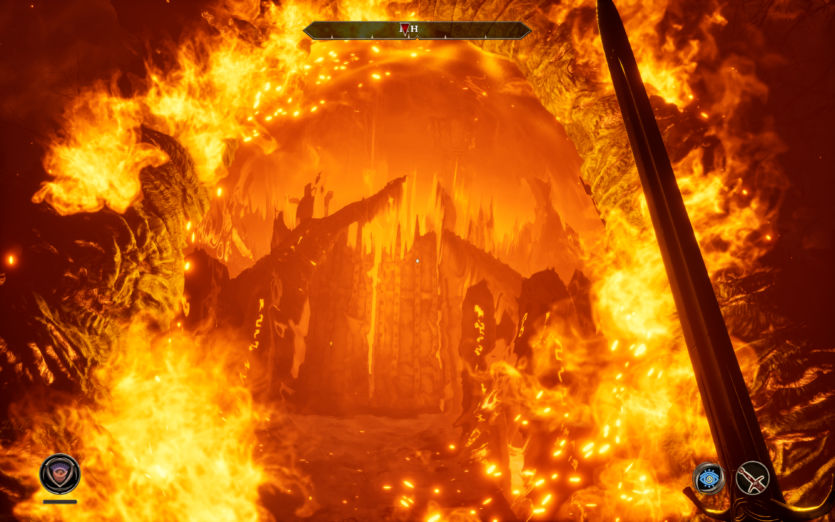

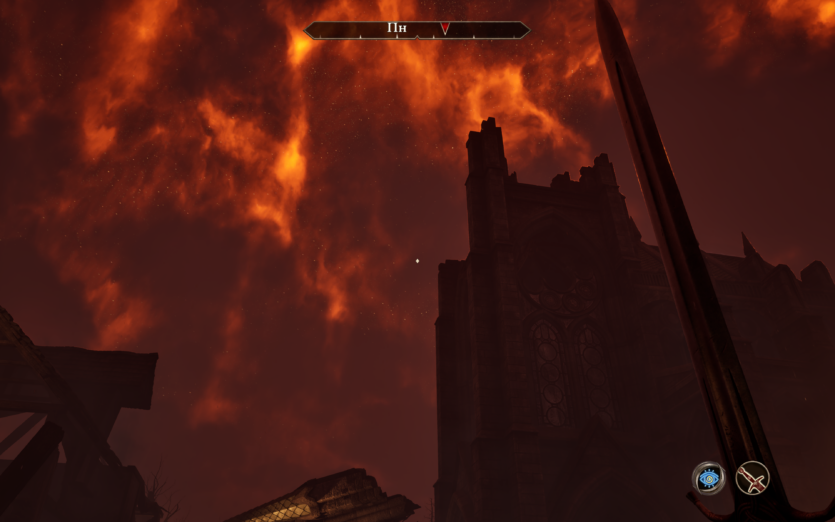
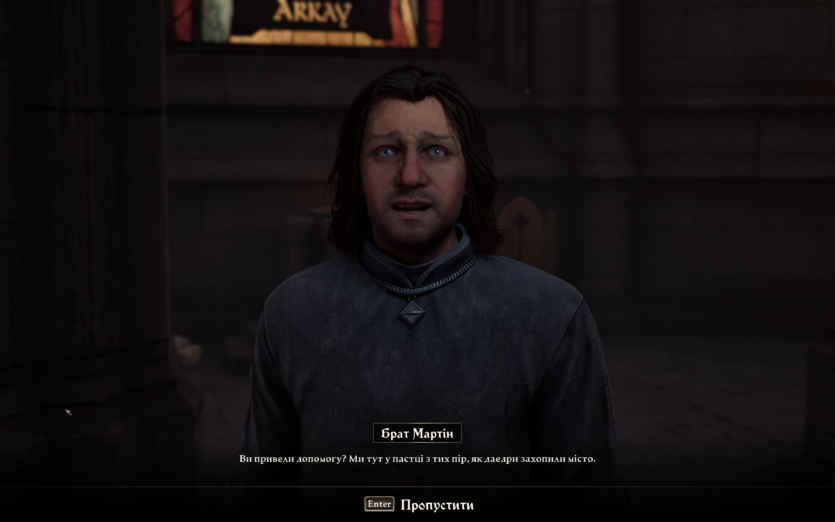
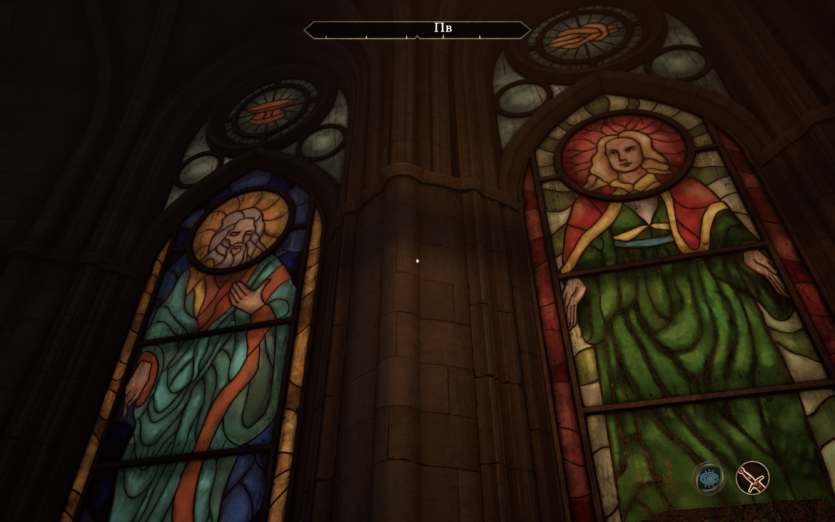
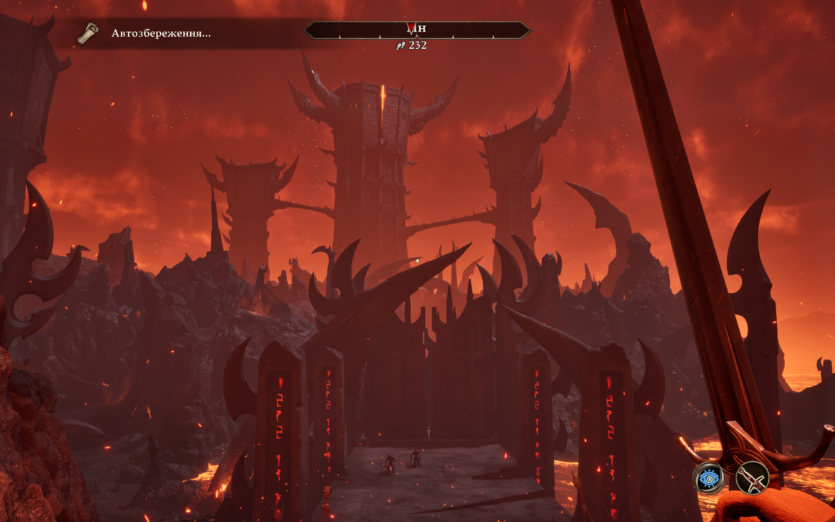
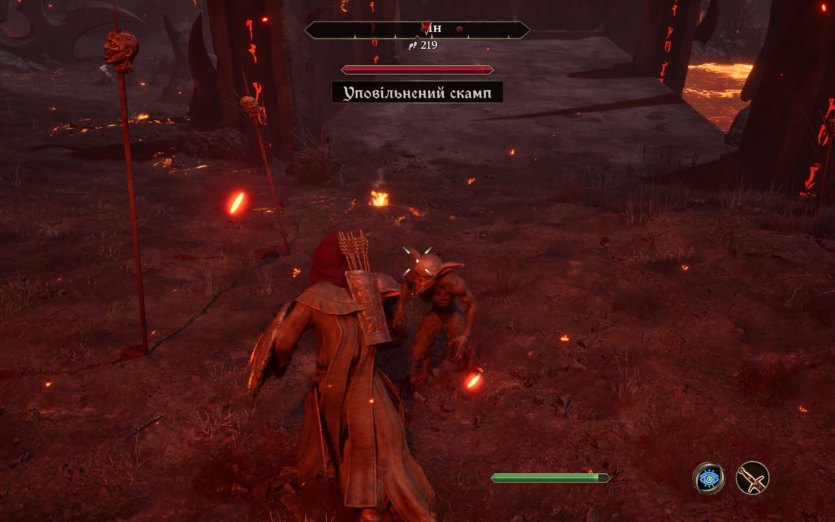

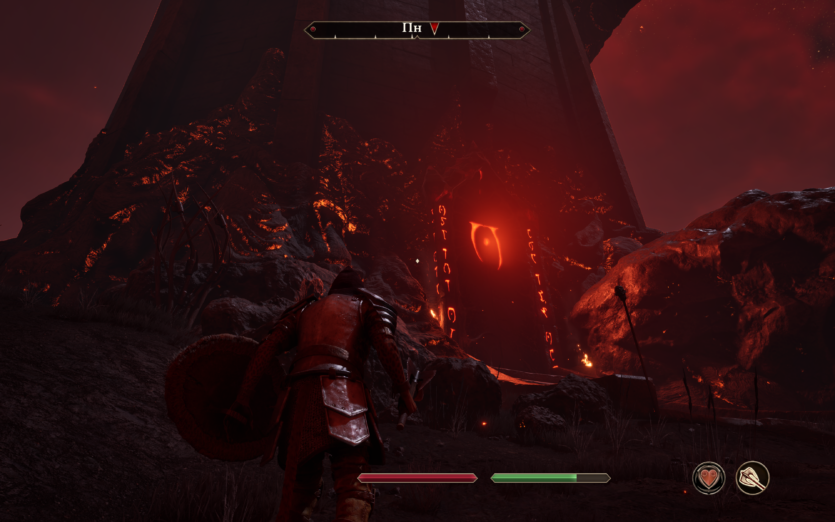
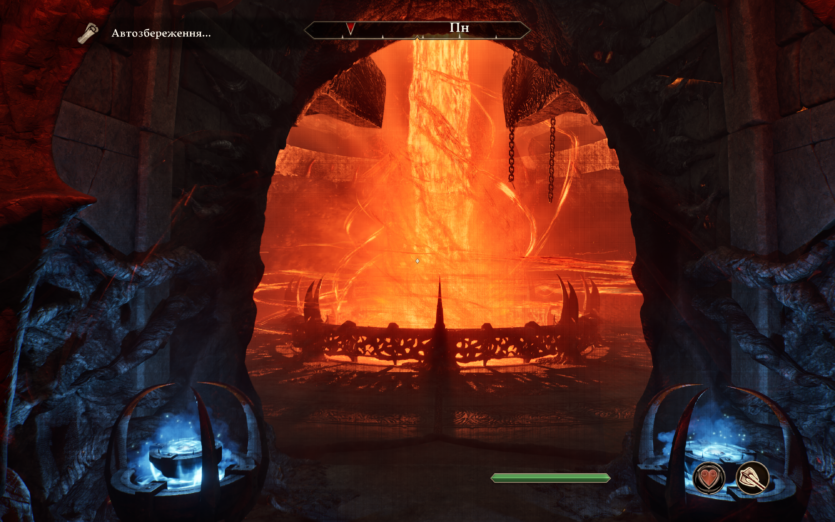
The real magic of Oblivion has always been not in the main quest, but in the side stories, and this is where The Elder Scrolls IV: Oblivion Remastered makes a curtsy to the fans. The quest with the assassins’ guild is no longer just dark and morally ambiguous — it’s terrifyingly atmospheric, with a stellar soundtrack and variability. You can kill the victim, poison them, manipulate others, or… change your mind. And it counts too!
The quest «Painted World» (the one where the hero enters the painting) — is now not just a visual surprise, but a full-fledged arch with three alternative endings.
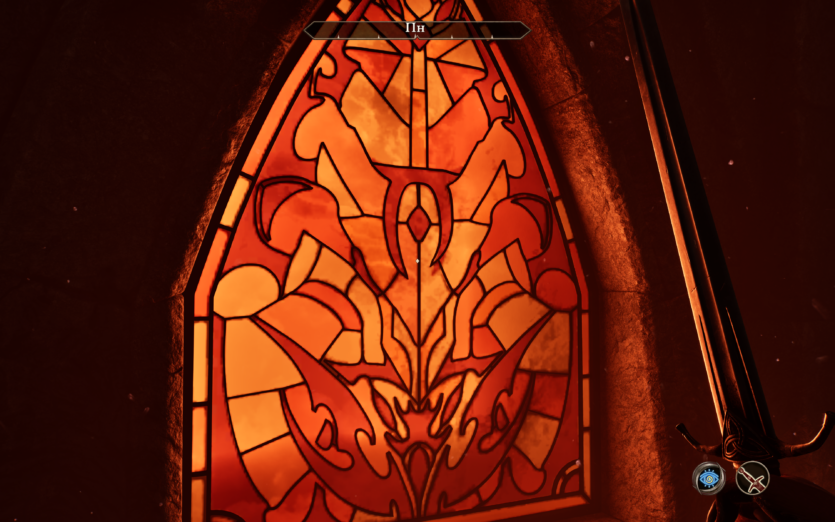
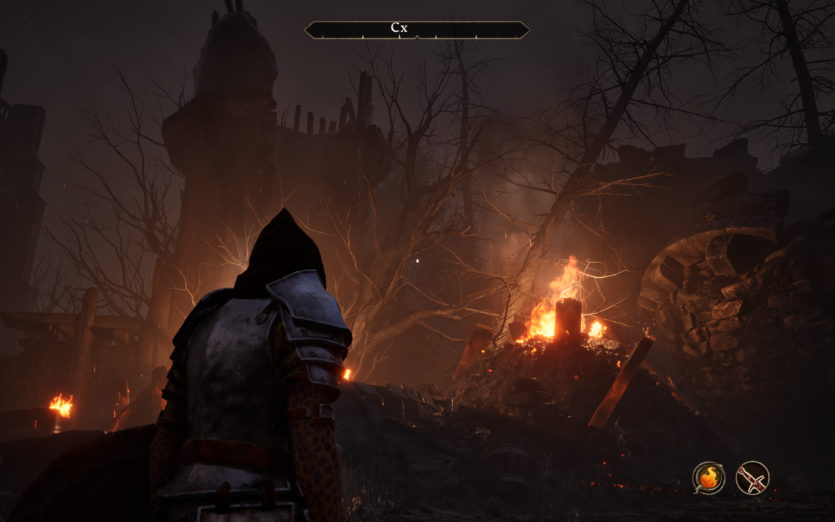
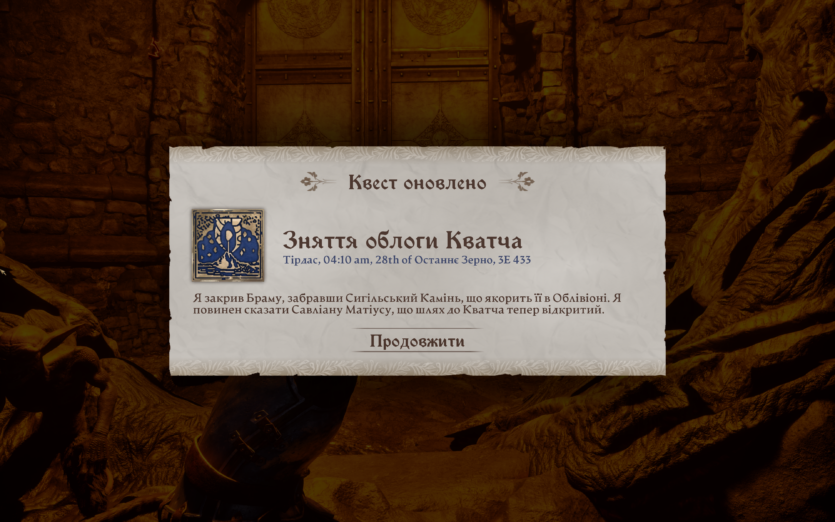
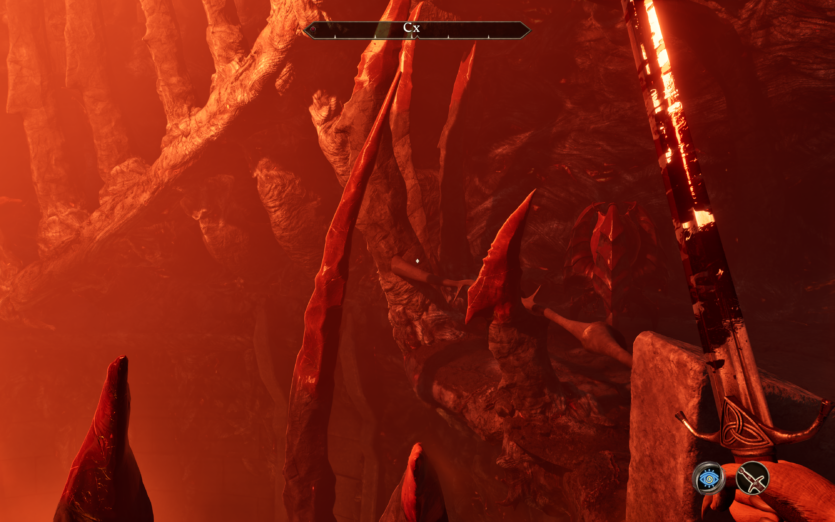

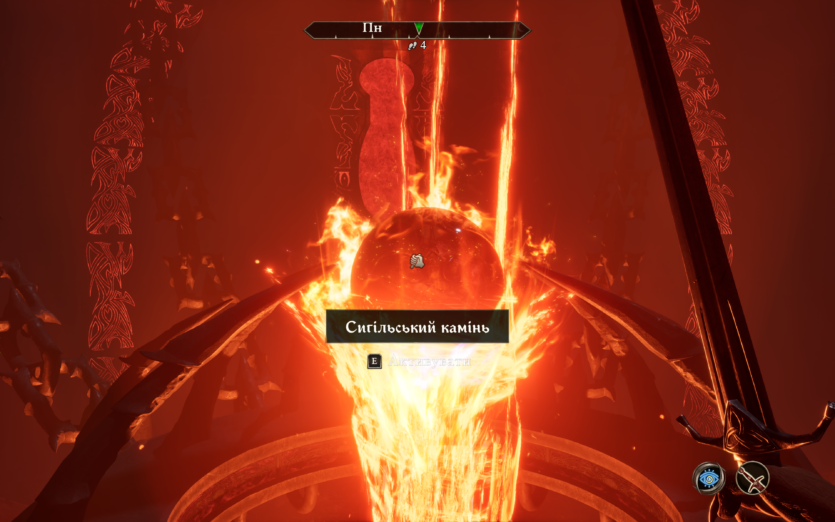
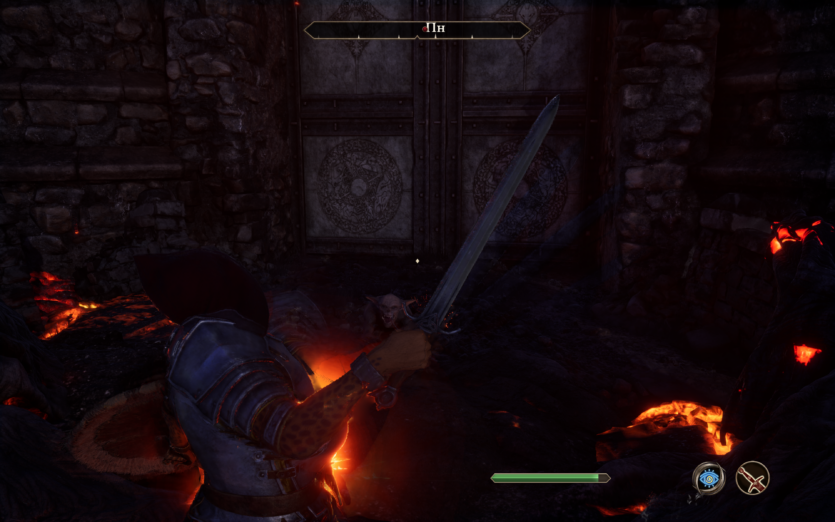
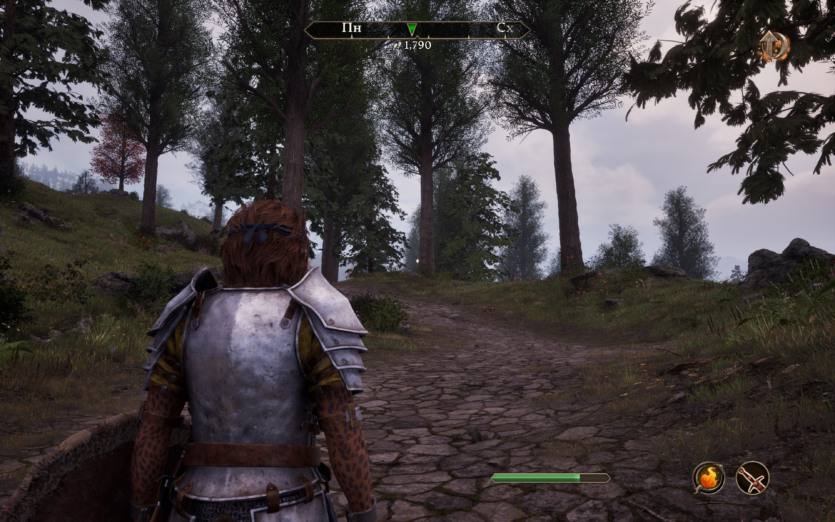

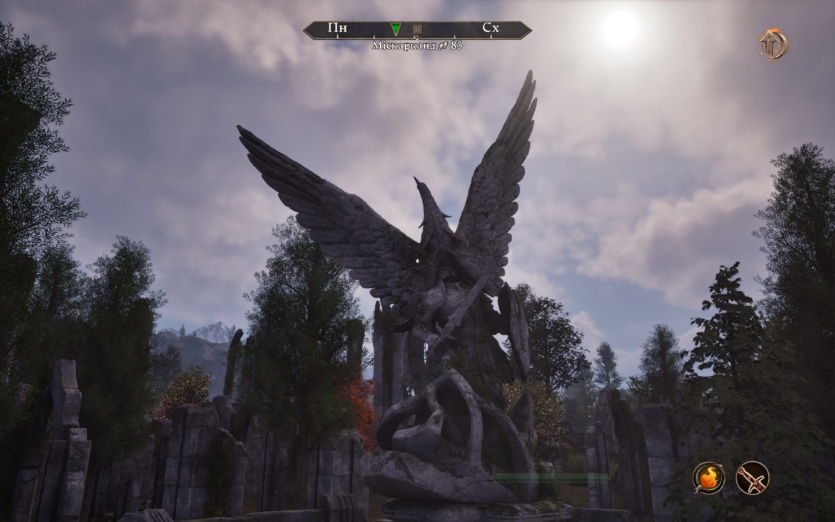

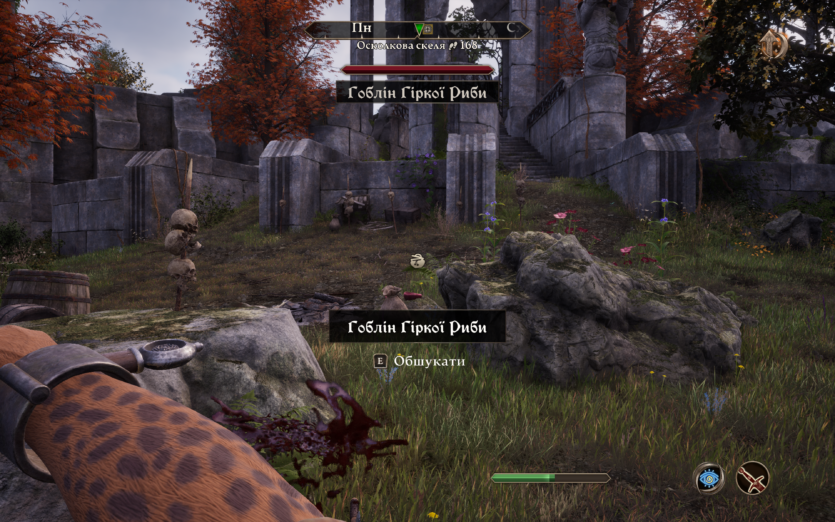
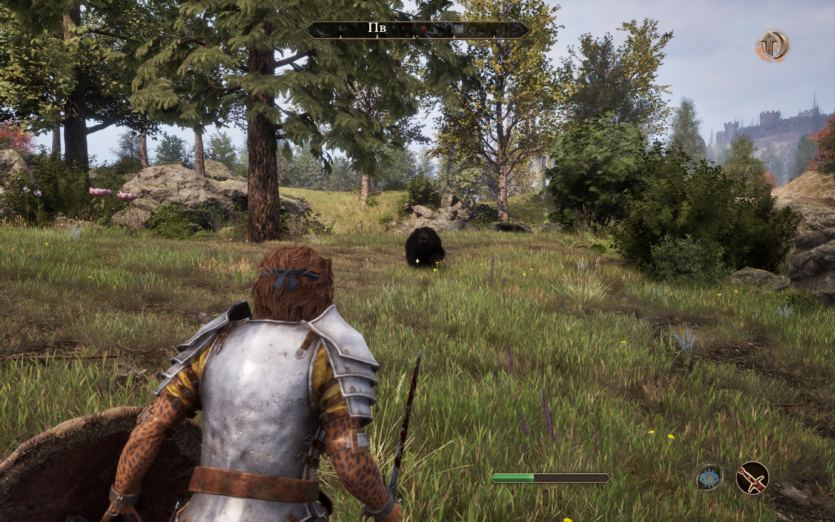

And most importantly — freedom. That’s what Oblivion was loved for. In the remaster, it didn’t just remain — it was enhanced. More interaction with objects, more physics, more reactions of the world to you. You can kill an important character, and the game adapts. You can complete the game with little blood, like a diplomat. You cannot complete the game at all — and just live Oblivion Remastered — life in another world, where the plot is just one of the paths chosen.
Visual style, remastering and technical part
The game didn’t just become more beautiful by using the Unreal Engine 5 graphics engine as a basis. It has retained its artistic style. This «European high fantasy renaissance» with soft colors, elegant castles, and picturesque forests is still there. But now it all looks like illustrations from a book that has come to life. And there are some drawbacks: a dirty orange filter has replaced the green one. But the fashion makers are in business! Fix it.
Technologically, the remaster is pleasing to the player’s eye. The geometry of the landscapes has been completely redesigned, with new peaks, vegetation, and objects. Now the mountains are really high, the rivers are deep and swift, and the dungeons are labyrinths where you can lose an hour. Although it is a bit boring.
Trees react to the wind, water has refraction and real currents. Even animals have physics — a deer can fall if it slips on a slope. Yes, this is on the level of Red Dead Redemption 2.
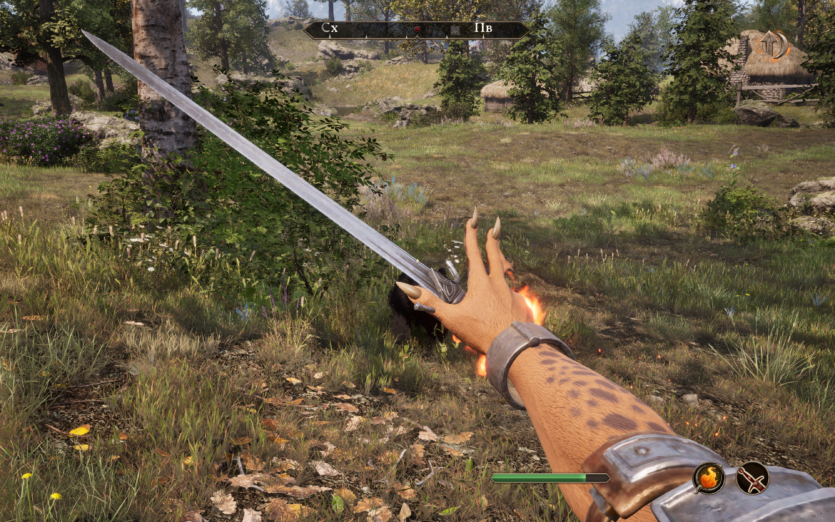

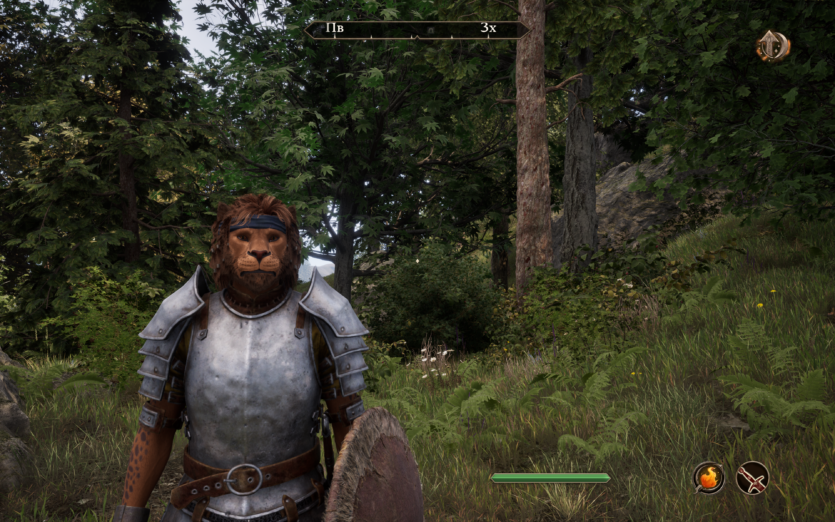


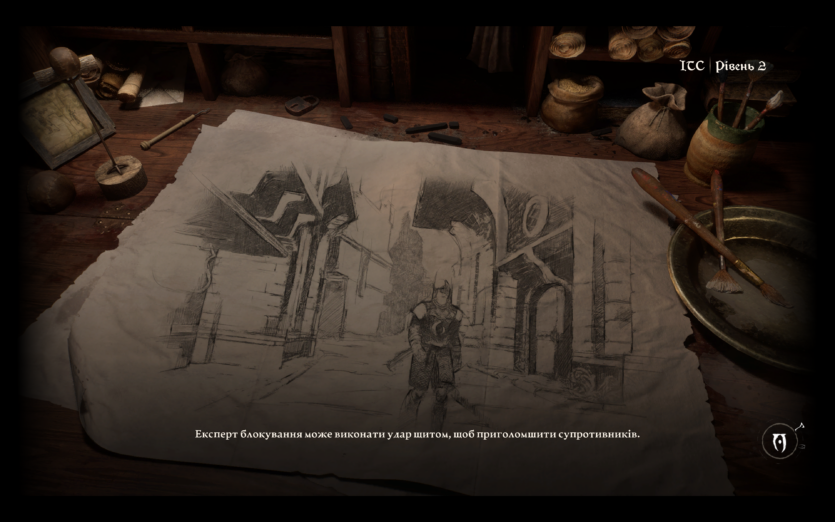
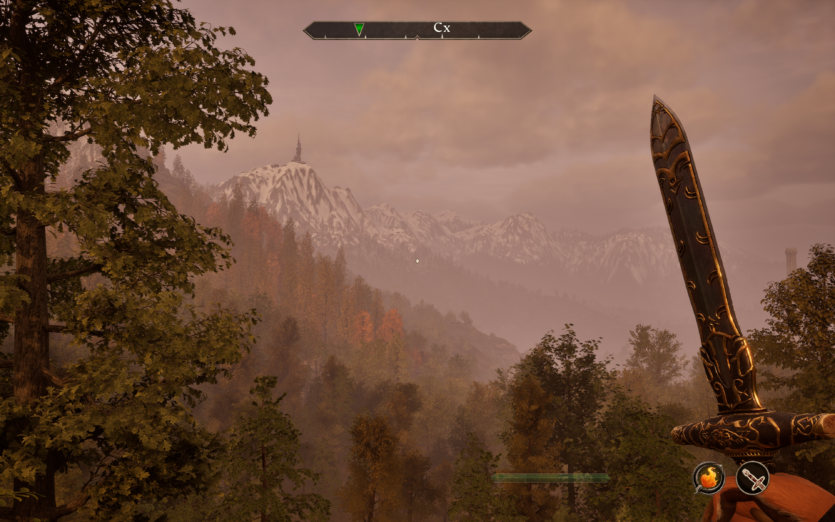
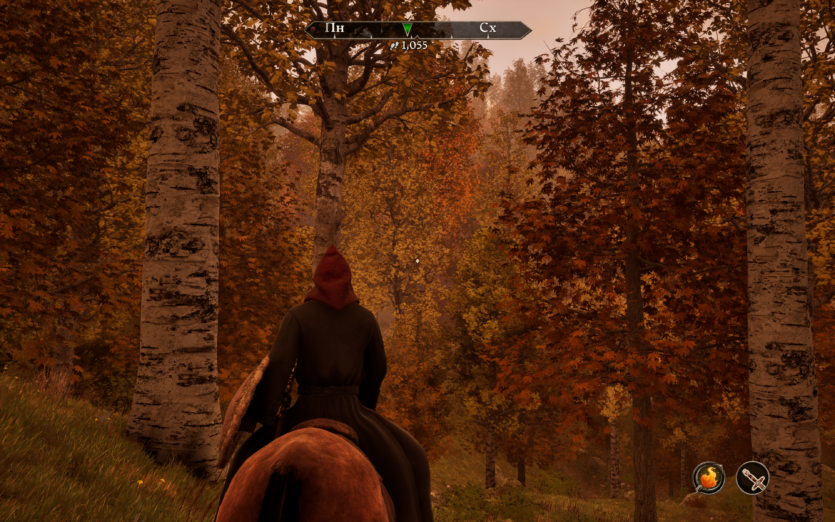


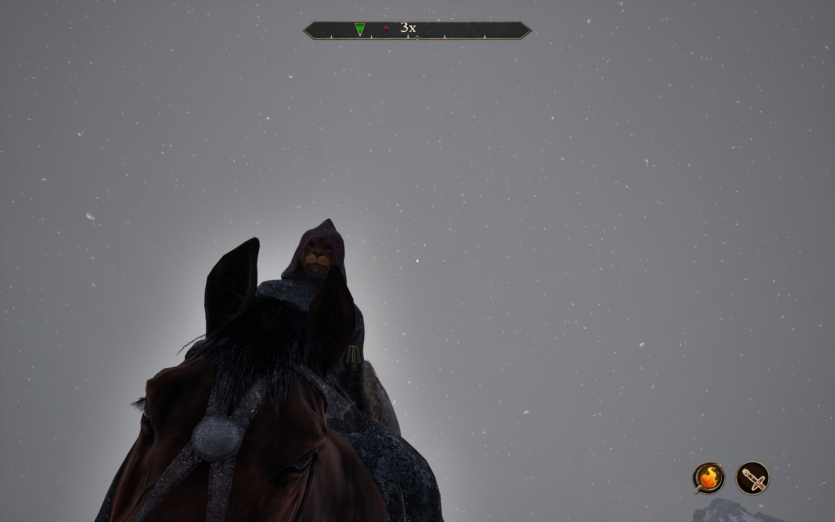
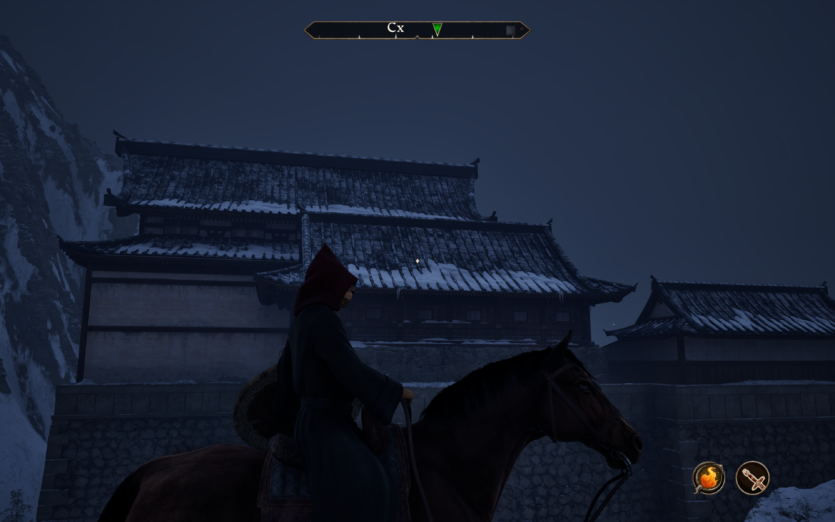

The characters have also undergone a metamorphosis: realistic skin, attempts at facial expressions, a look that doesn’t just stare into the abyss, but looks at you with understanding (or disgust if you stole something from the shelf). The character personalization system is not that impressive. It’s somewhere between Baldur’s Gate 3 і Cyberpunk 2077.
However, beauty is a resource. And The Elder Scrolls IV: Oblivion Remastered insatiably absorbs them. The author of these lines played it both on a PC and a laptop. In the first case, AMD Ryzen 7 2700, 2×8 GB DDR-4, and Zotac Geforce GTX 1080 Ti. Medium graphics settings and 1080p resolution. Of course, without RTX and DLSS. But I got 45 fps in open-air locations, and all 60 fps in the intro mission.
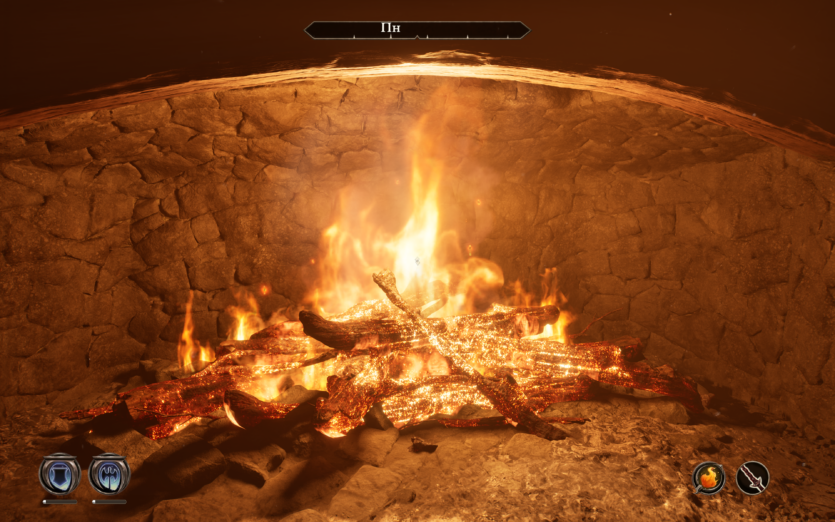
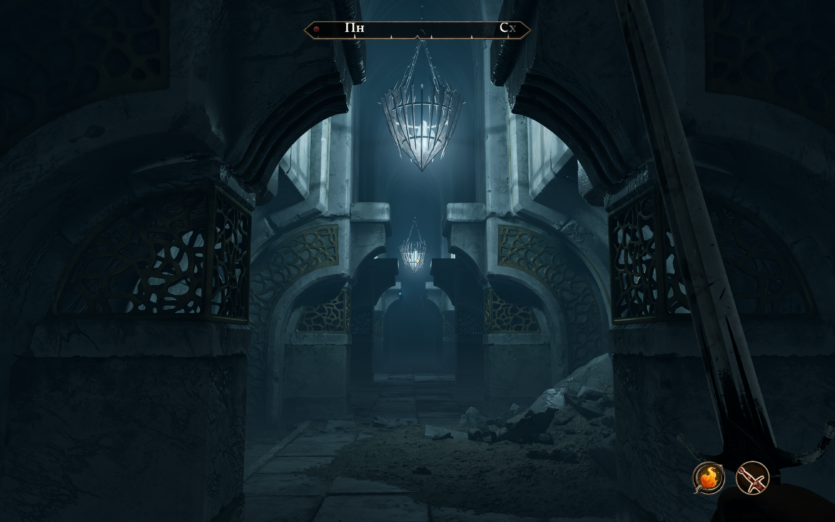
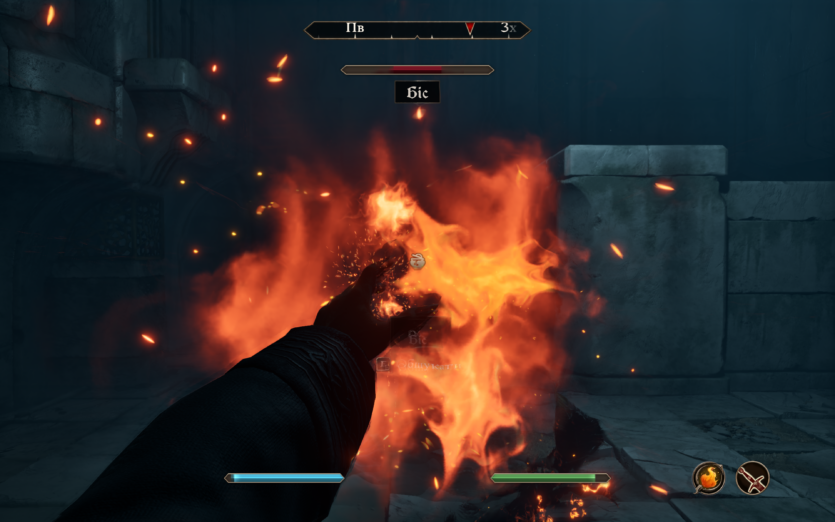
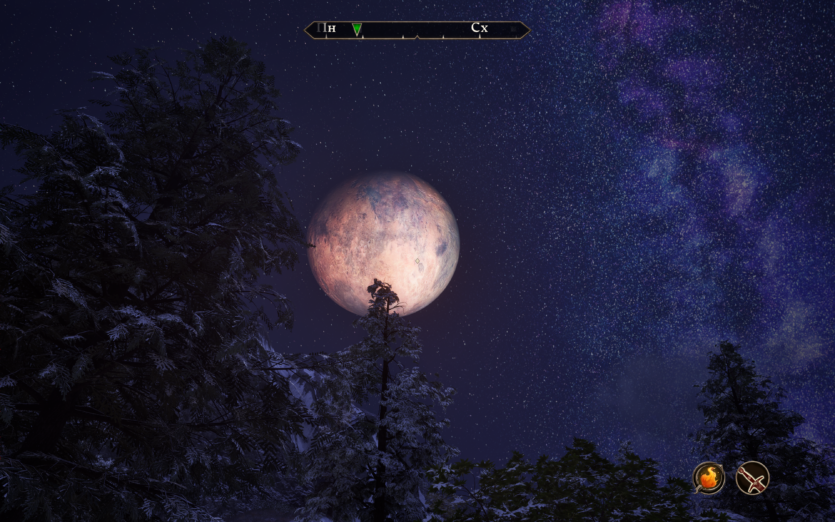
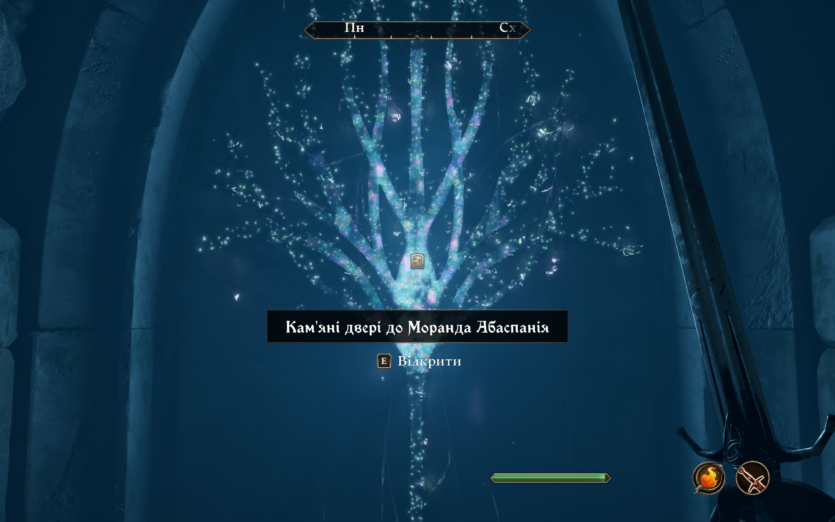
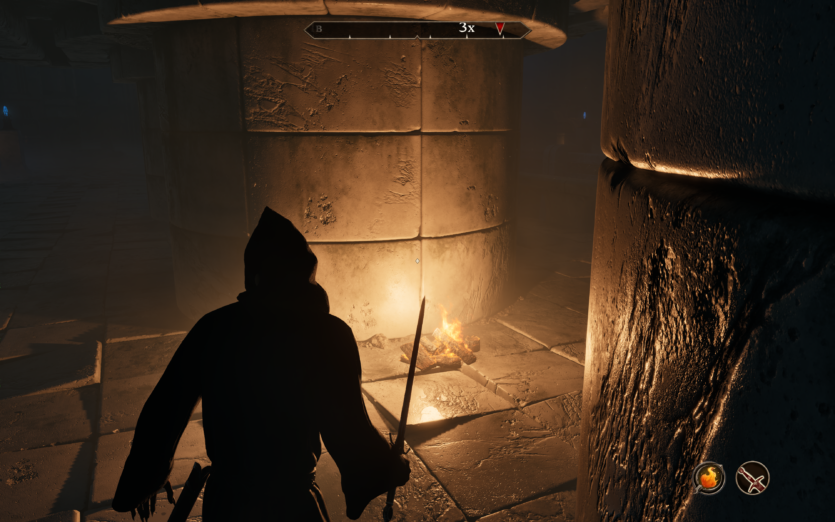
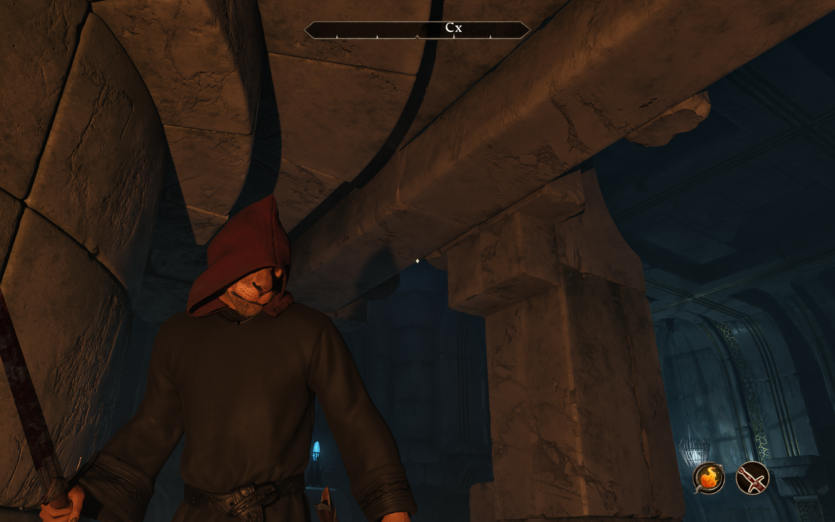
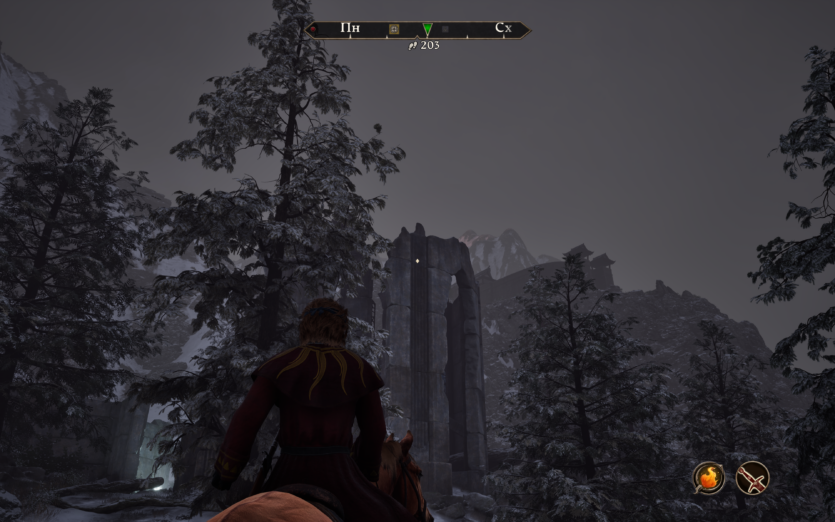
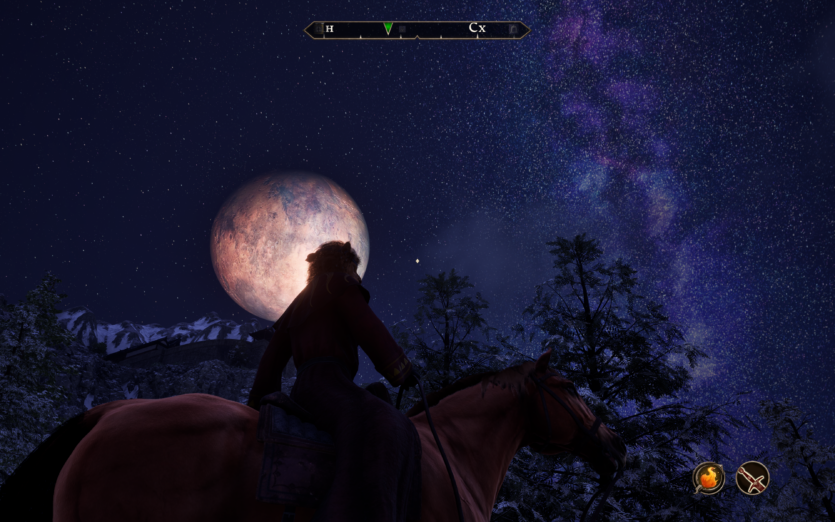
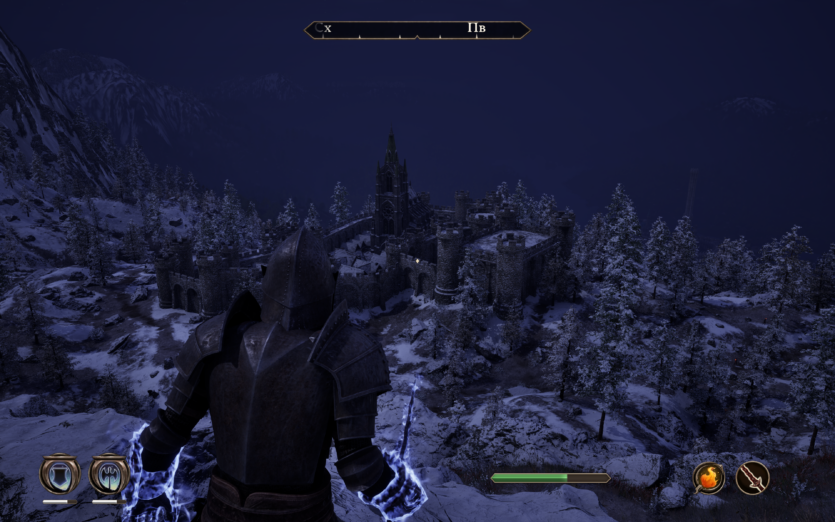
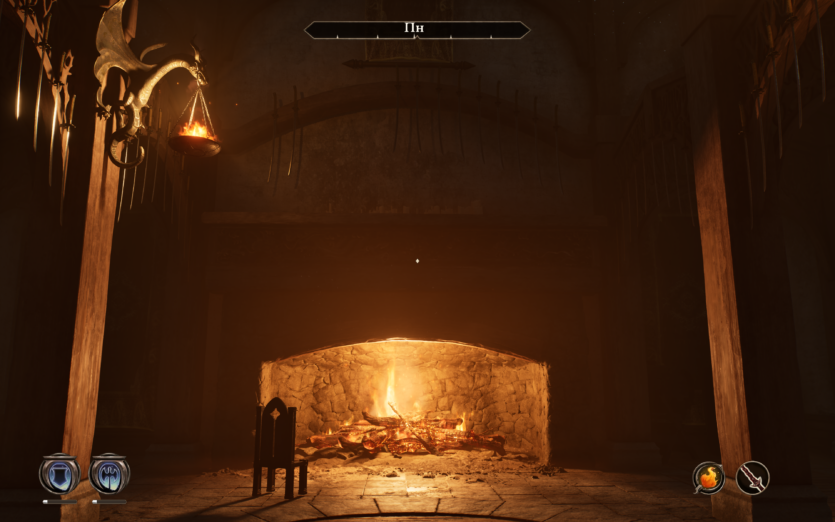

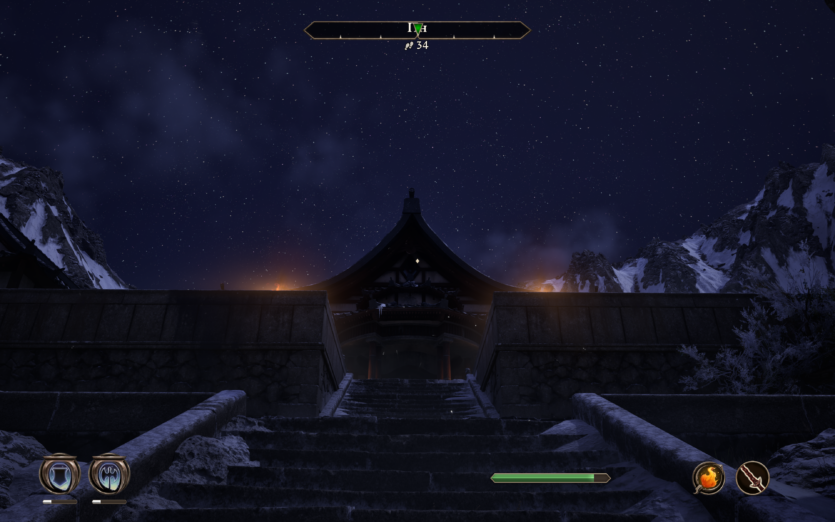
«Dragon» laptop with Flagman’s 5090 RTX, which will soon receive its own review at ITC, at ultra settings in 3840×2400 — resolution, produced 47-50 FPS. DLSS Balanced with frame generation enabled was selected. Future patches will improve the situation, but the fact remains that to get the most out of it, you need top-of-the-line hardware.
And then there are the mods. Oh, the mods! Bethesda hasn’t forgotten its fans and has officially… denied the possibility of porting them from the original. But what will stop the modding community? The question is, of course, rhetorical.
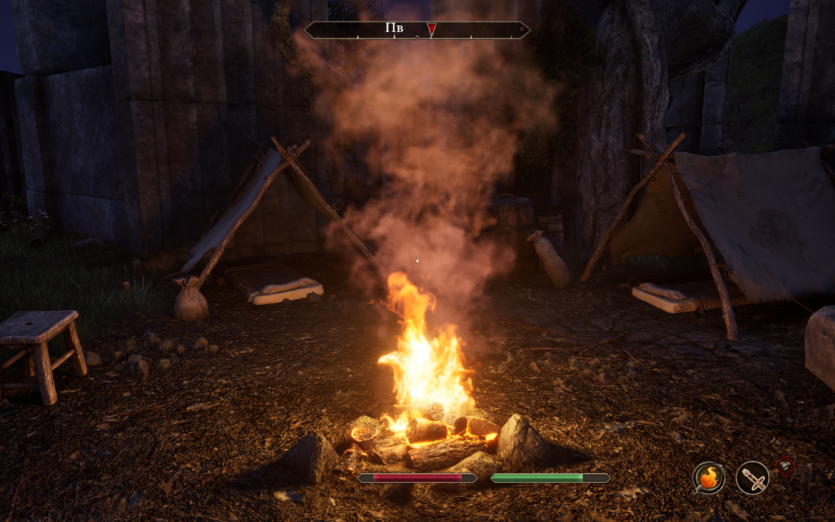
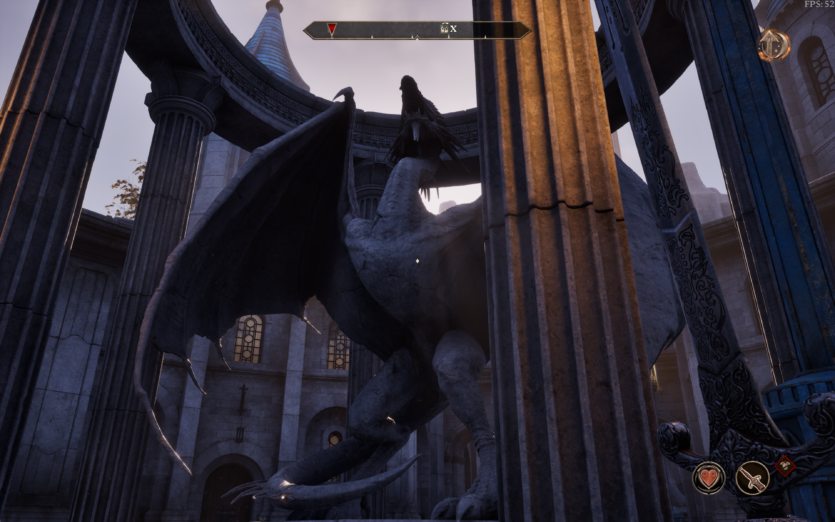
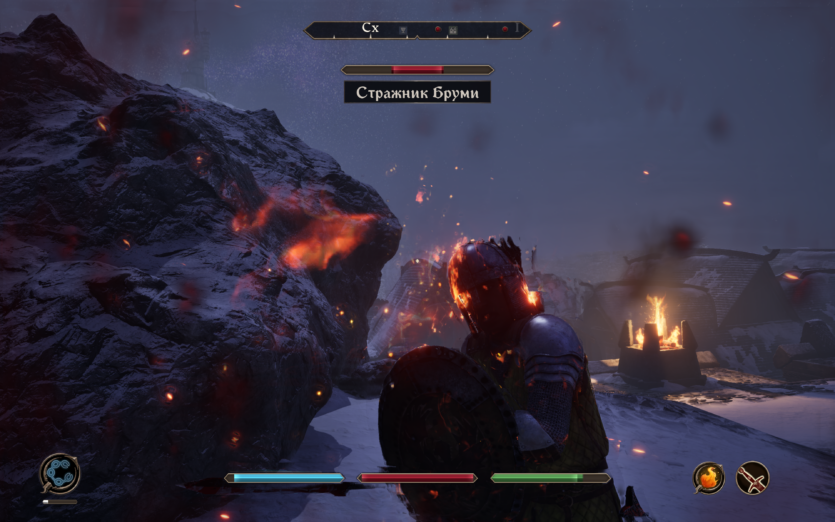
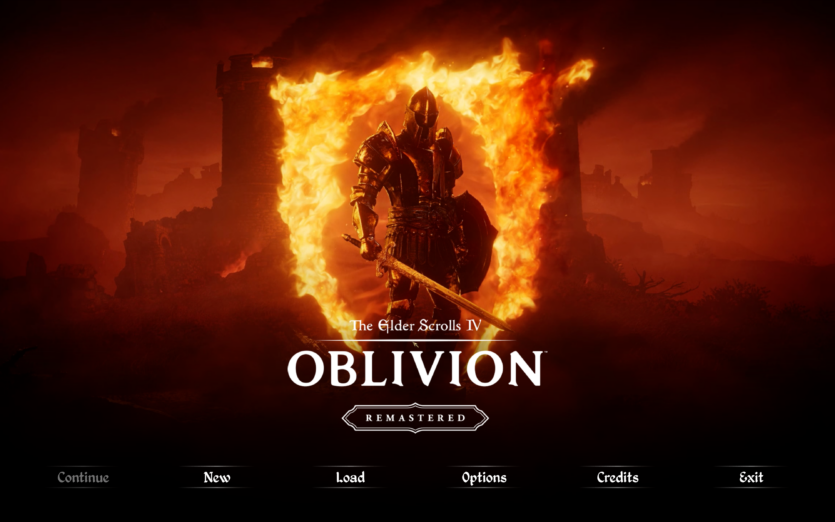
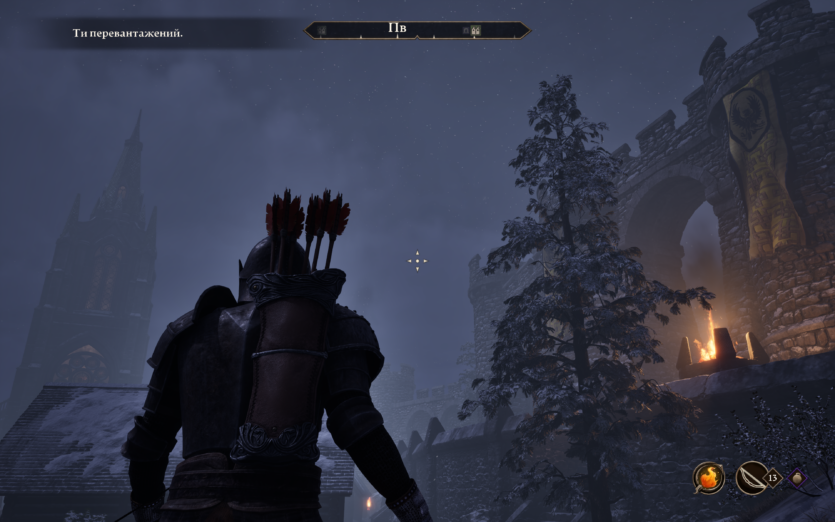
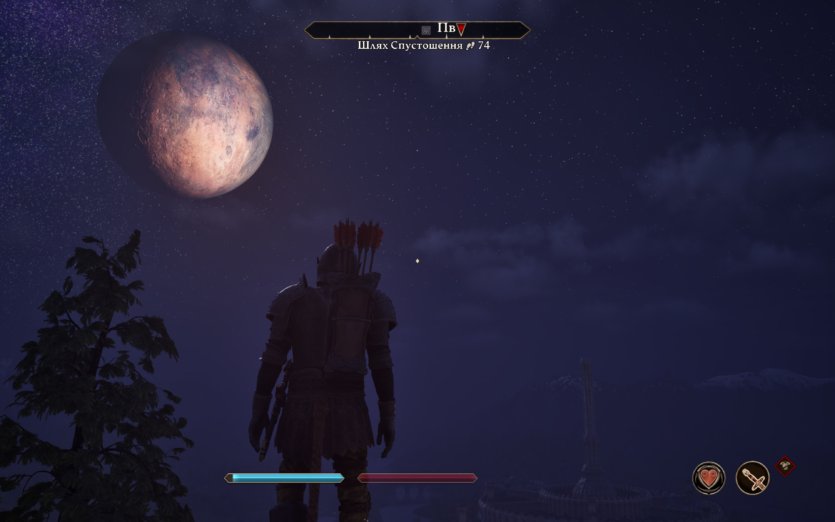
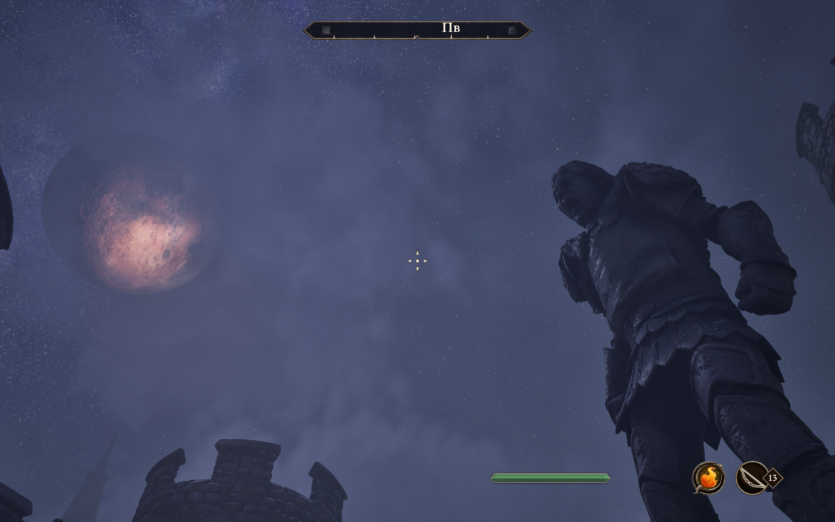
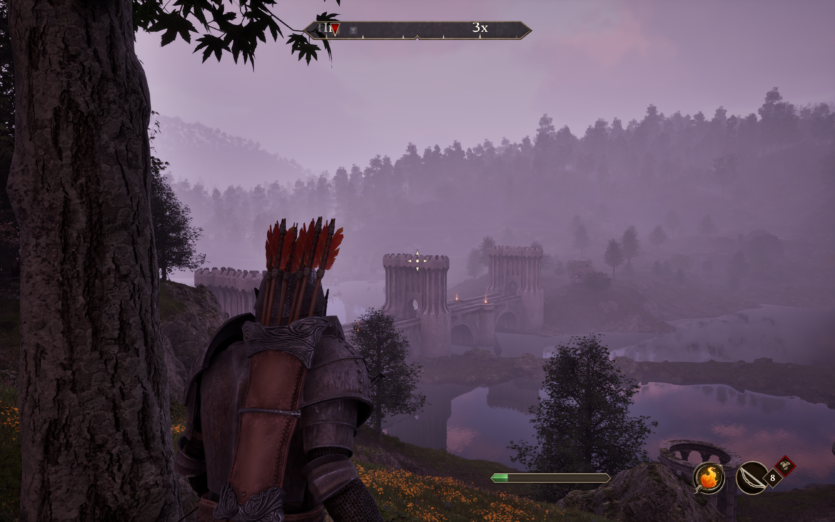

For all its graphical power, The Elder Scrolls IV: Oblivion Remastered almost never crashes.
That is, for the first time, Bethesda has made not only a beautiful but also a technically adequate game. It’s not Starfield, but something that’s not shameful. Yes, there are bugs — this is Oblivion. But they are funny, not critical, and even… nostalgic.
Prices of The Elder Scrolls IV: Oblivion Remastered
The Elder Scrolls IV: Oblivion Remastered is available on Steam and Xbox, and is already available in the PC version of Game Pass. This week it was added to the GeForce NOW cloud service.
For the standard digital version of the game on Steam, you are asked to pay UAH 1,799 and The Elder Scrolls IV: Oblivion Remastered — Deluxe Edition costs UAH 2,199.
The contents of this version are as follows:
- Digital base game;
- New tasks to get unique digital sets of armor, weapons, and armor for the Akatosh/Mehrunes Dagon horse;
- Digital art book and soundtrack;
- Storyline additions Shivering Isles and Knights of the Nine;
- Additional downloadable content: Fighter’s Stronghold, Spell Tomes, Vile Lair, Mehrune’s Razor, The Thieves Den, Wizard’s Tower, The Orrery, and Horse Pack Ar.
«Horse Pack Ar» is an ironic hint from the developers to the modern industry, where even cosmetic items or minor add-ons are sold for real money everywhere. It’s like a joke that mocks the tendency to commercialize games through microtransactions. But it’s a joke that’s not going to go away.
The Horse Armor expansion pack for the original The Elder Scrolls IV: Oblivion became a landmark in history as the first cosmetic DLC for console games. In 2006, Bethesda offered players horse armor for $2.50, which caused a flurry of criticism due to the overpriced price for a purely decorative element.

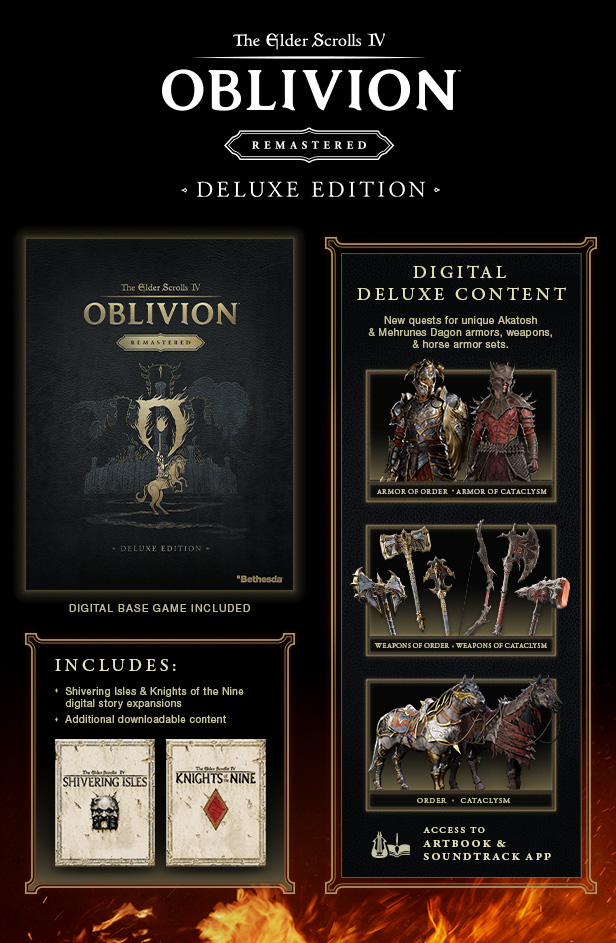
Spelling error report
The following text will be sent to our editors: